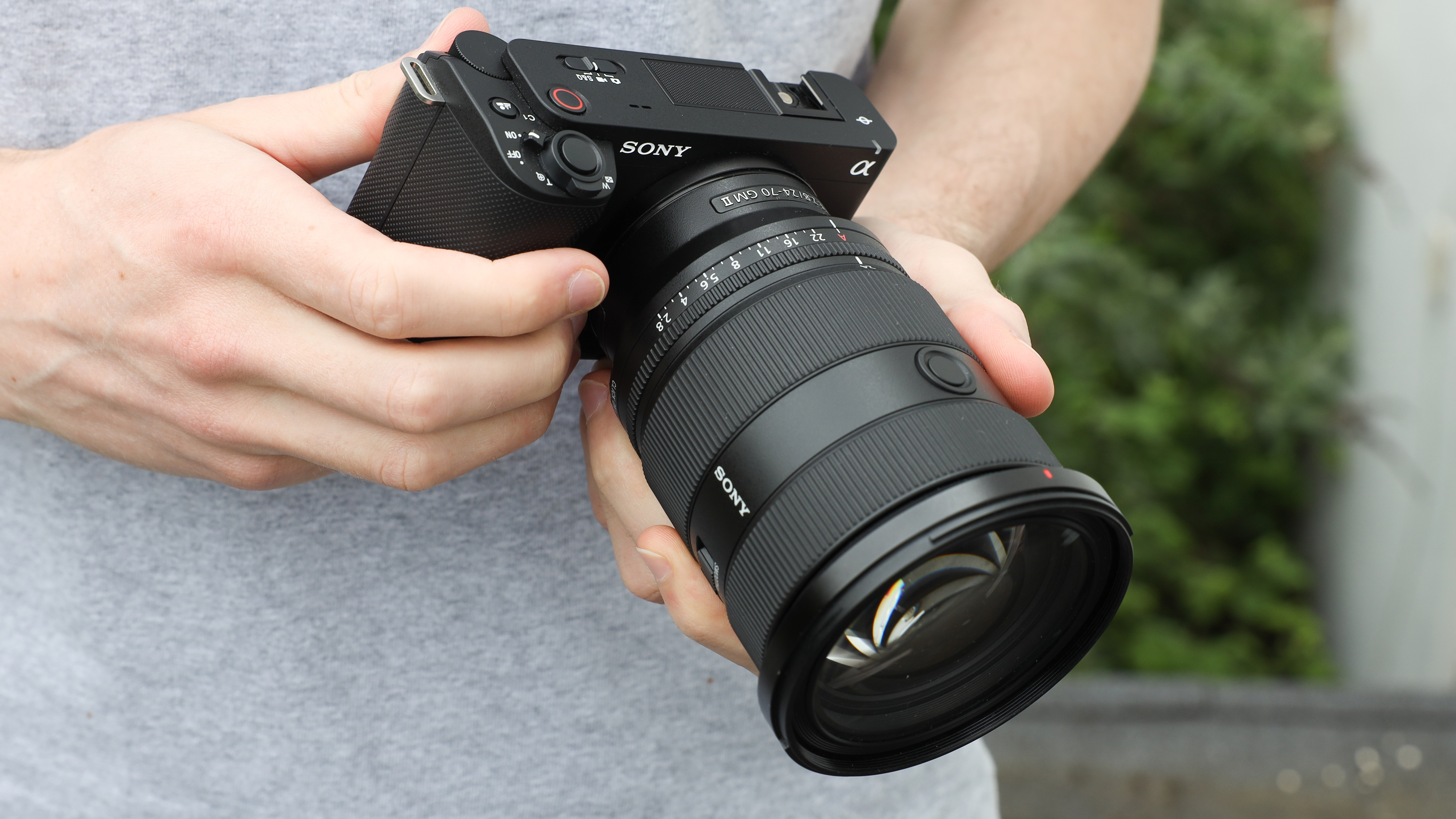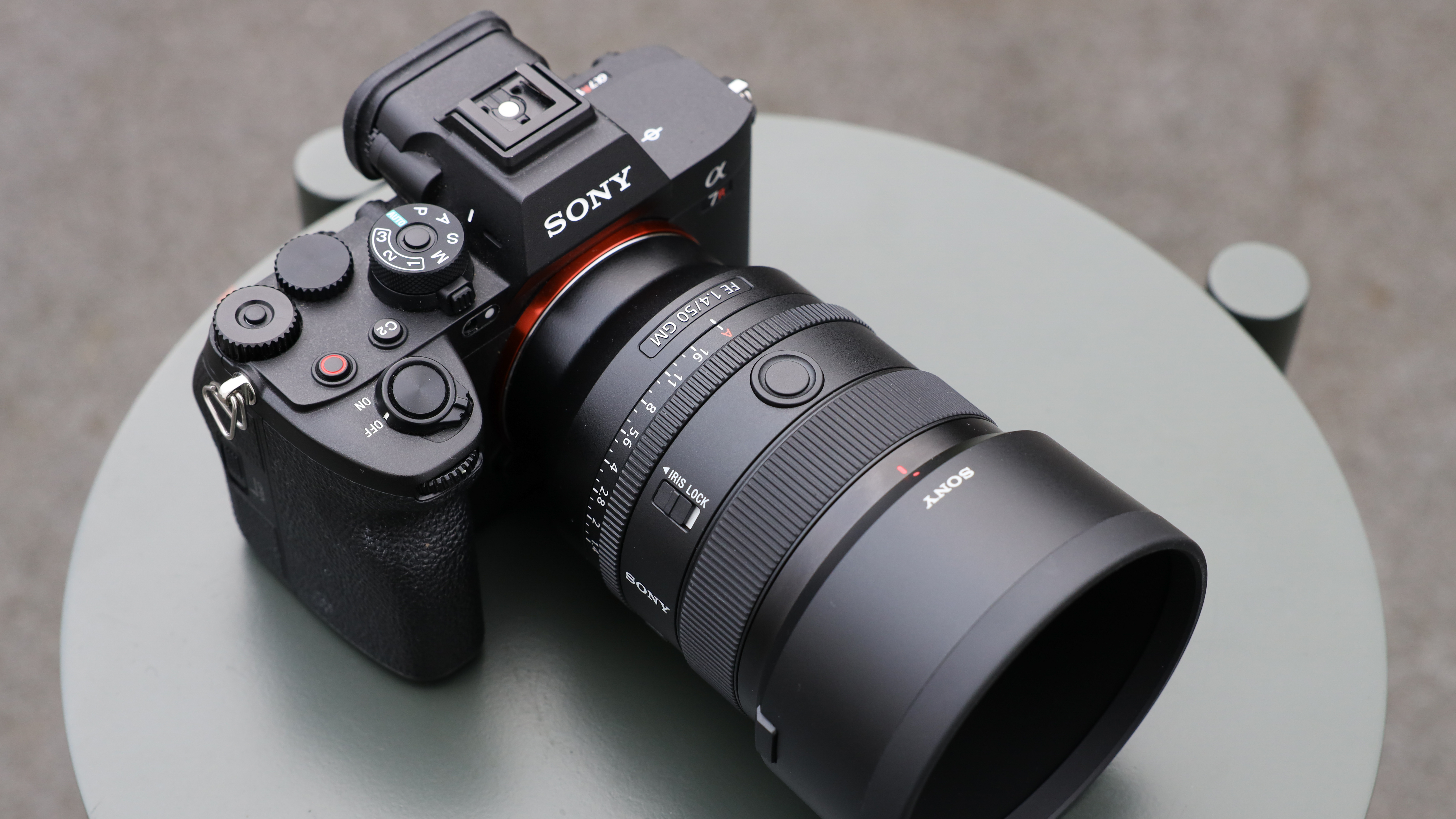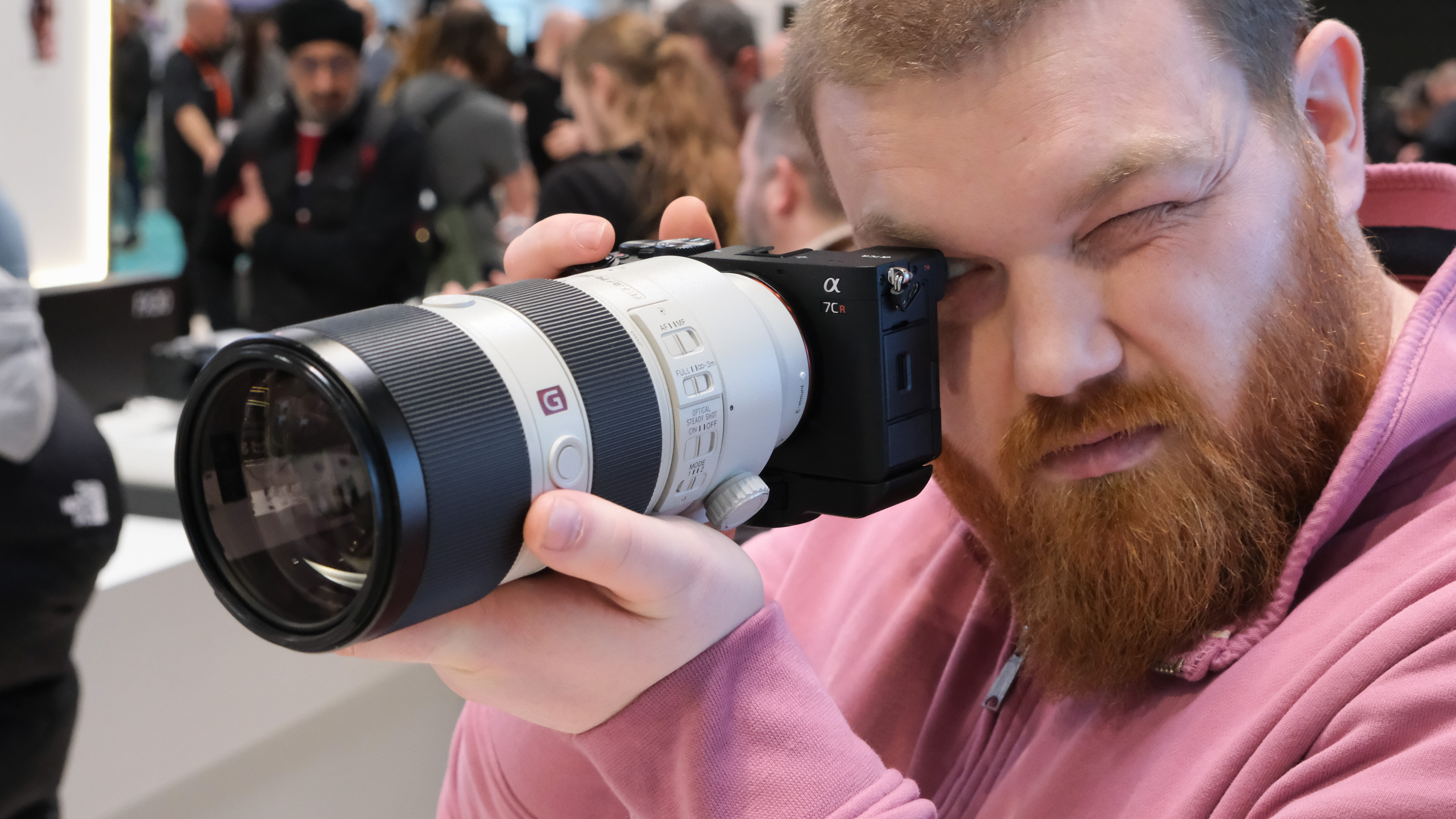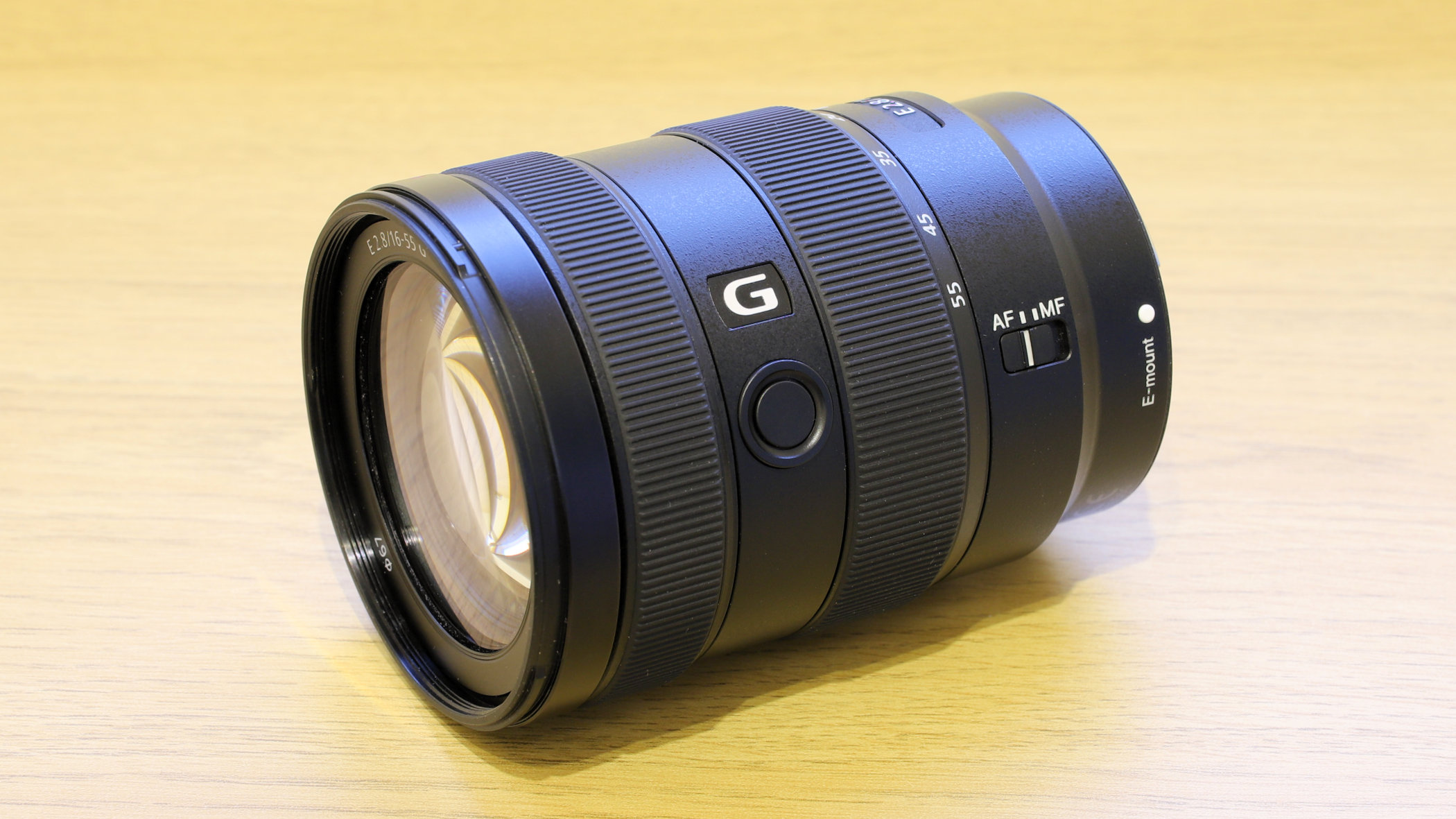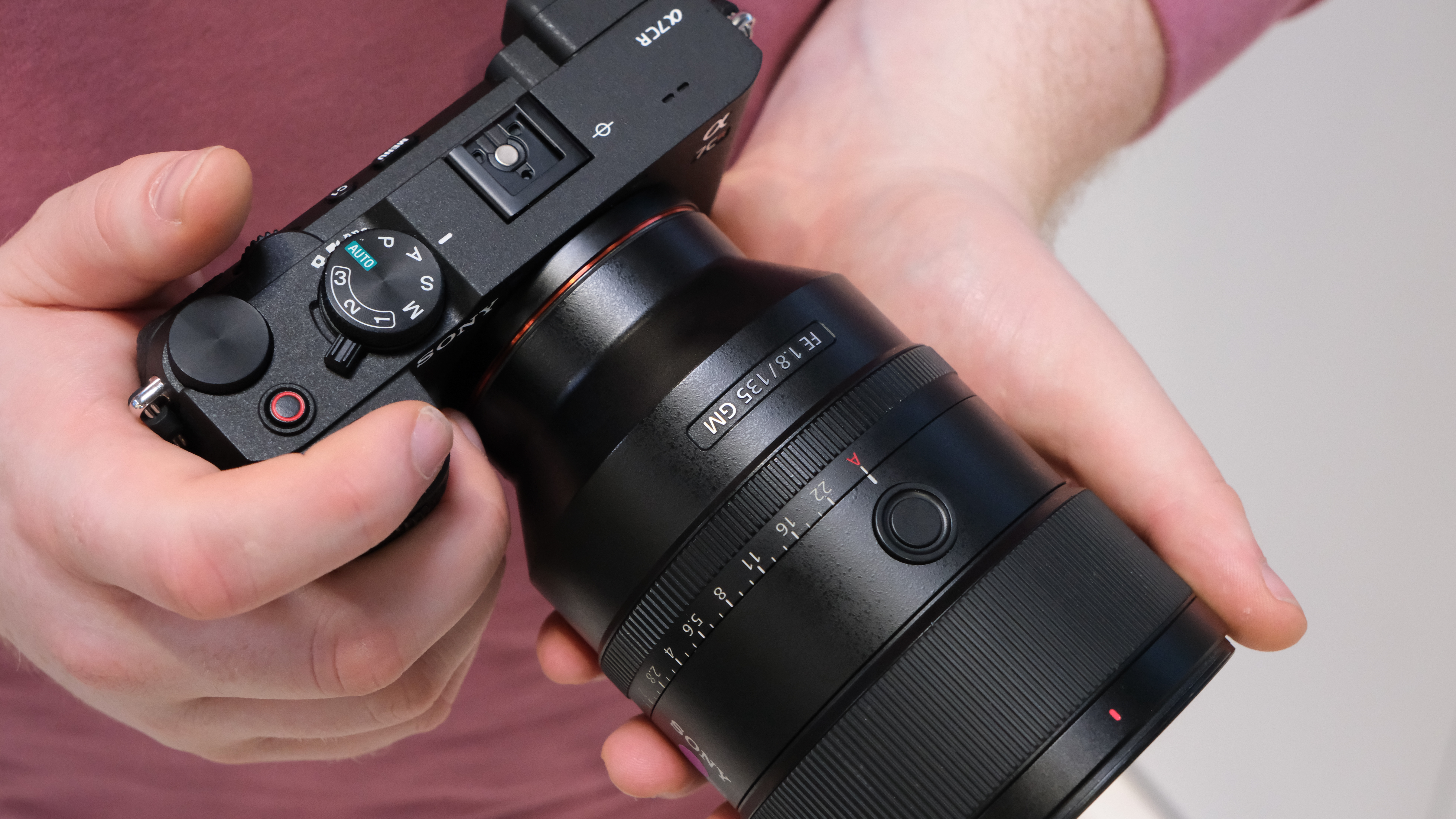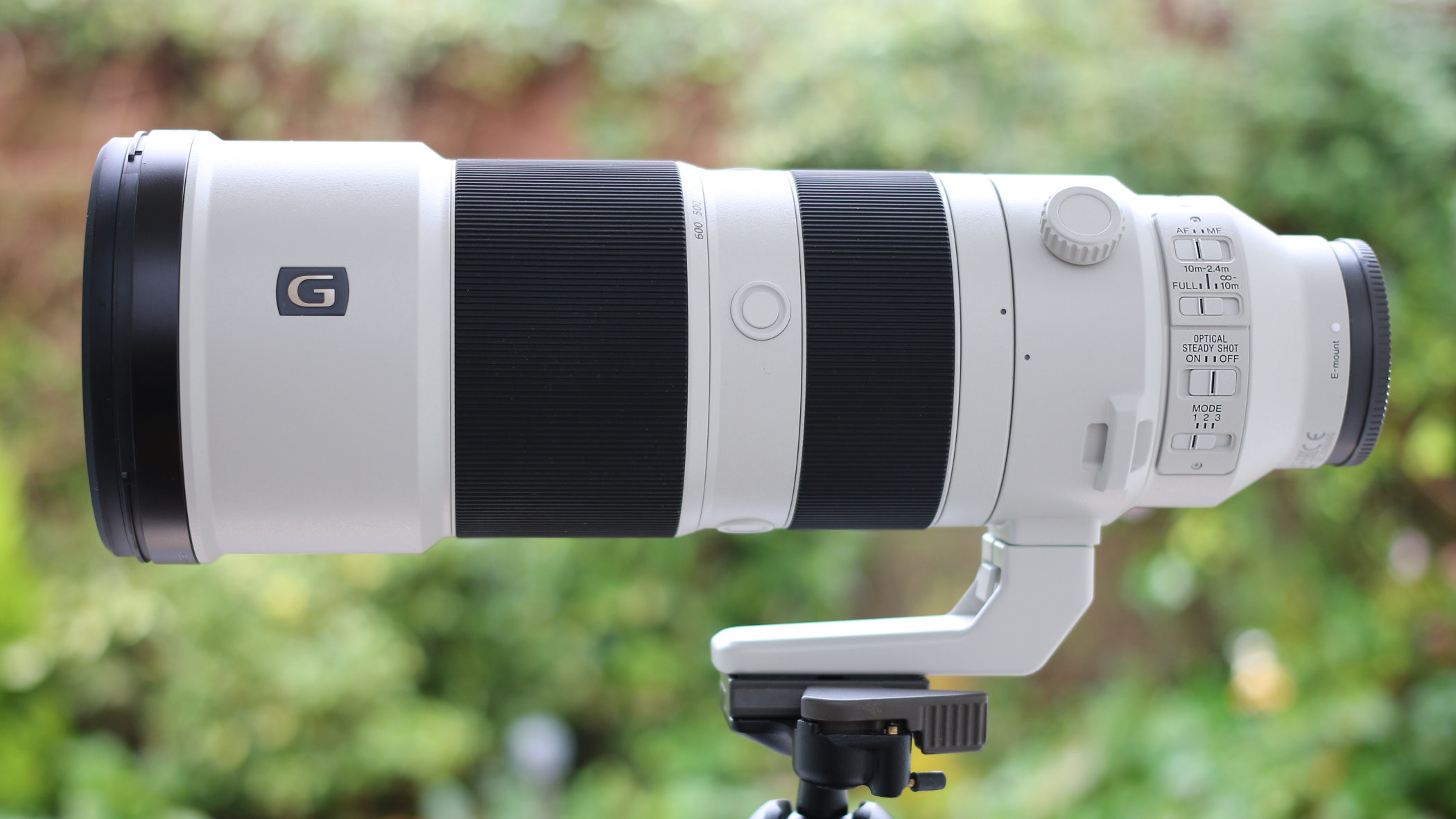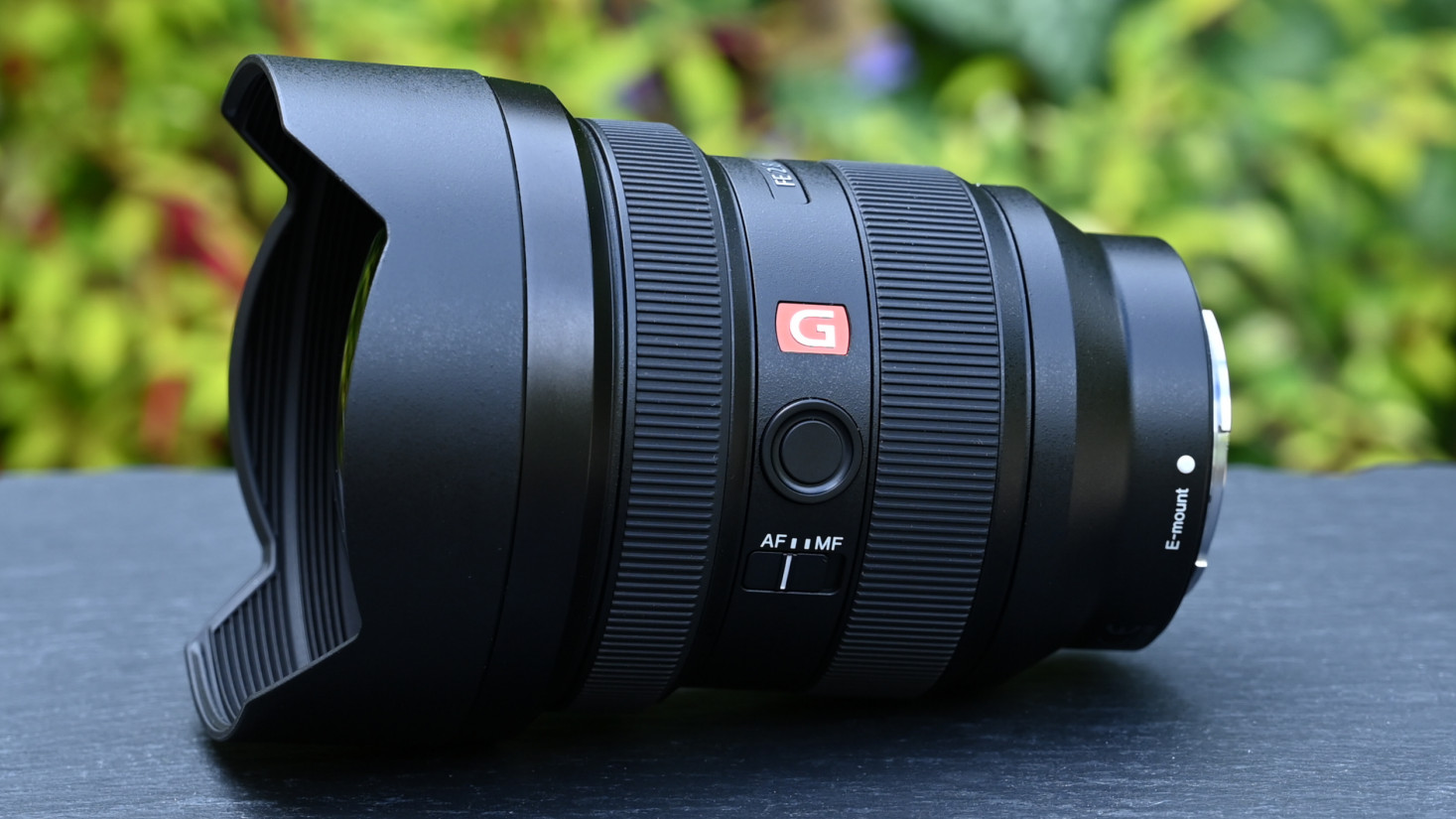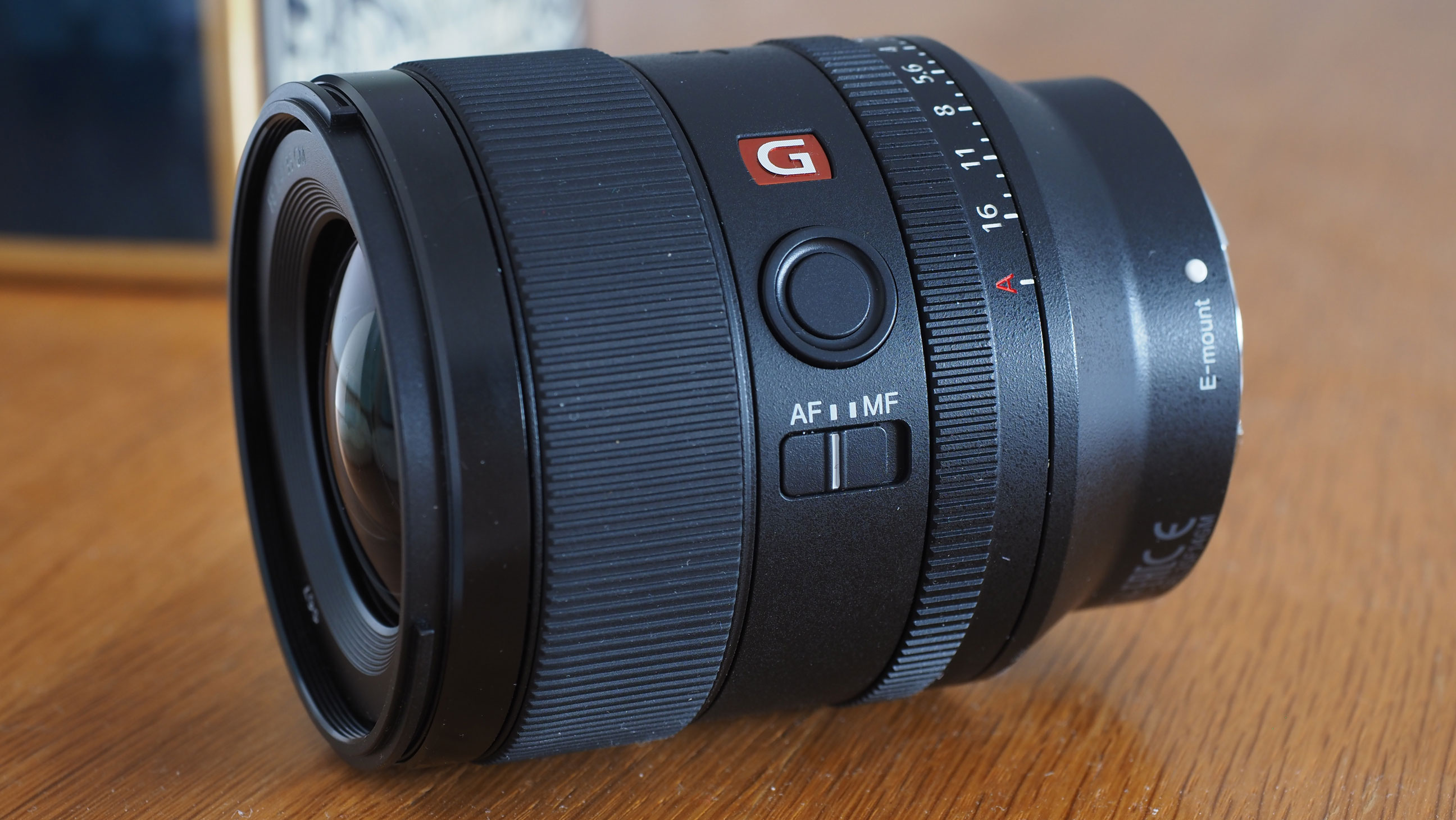The best Sony lenses: top E-Mount lenses for Sony Alpha mirrorless cameras
These are the best Sony lenses for the company's full-frame and APS-C format mirrorless cameras, covering everything from ultra-wide-angle to super-telephoto
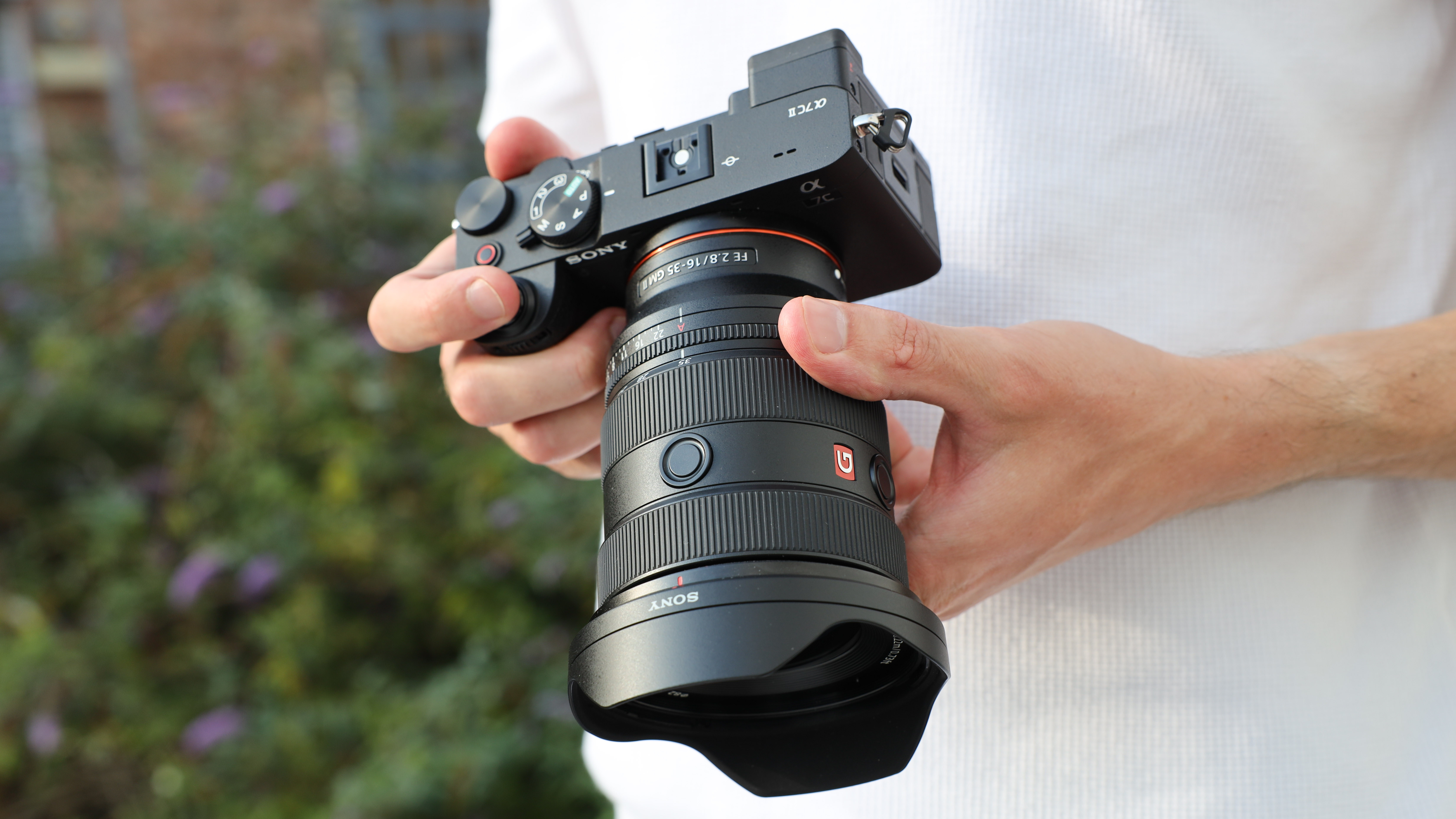
Sony stole a lead on other manufacturers in the full-frame mirrorless market, and it’s had more time to build up a wide array of companion lenses to suit every need and budget.
I've always been a big fan of Sony’s top-flight G Master lenses. They’re big and beautiful, but expensive, designed to suit the best Sony cameras for professionals. These lenses aim for the ultimate in all-around performance and image quality, especially in terms of sharpness and bokeh. But they’re not for everyone.
Thankfully, Sony makes a range of much more affordable lenses that offer an ideal balance between price and quality, and are usually much smaller and lighter than G-Master lenses. They're perfect for accompanying some of the best travel cameras like the Sony A7C II or the Sony 6700. Sony splits its lenses into both full-frame (FE) and APS-C (E) lenses, but you can use full-frame ‘FE’ lenses on APS-C models too.
So, without further ado, here are the lenses that I think are the best buys in all the major categories, for both full-frame and APS-C format Sony mirrorless cameras.
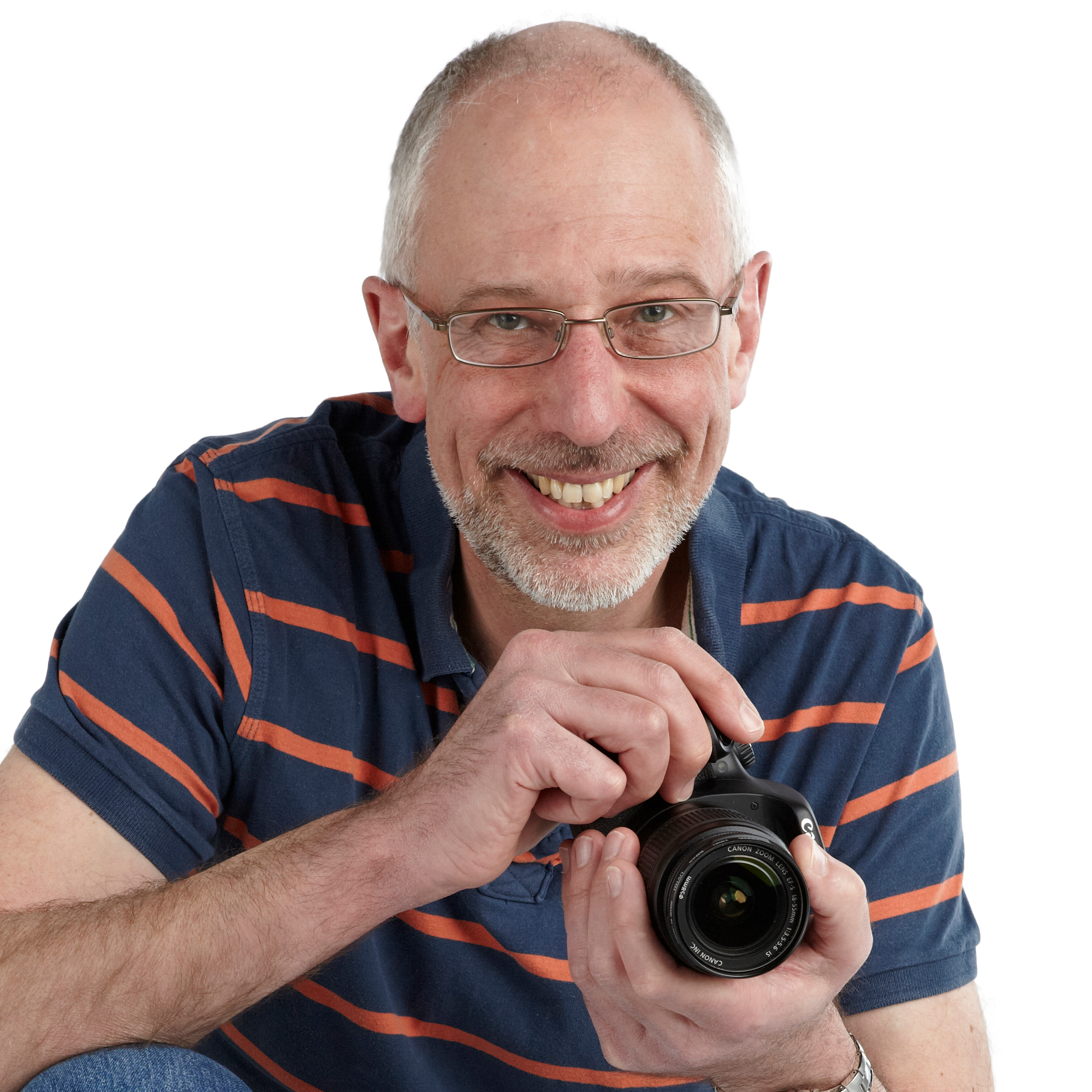
Matthew Richards is a photographer and journalist who has spent years using and reviewing all manner of photo gear. Camera lenses are a prime area of his expertise, and consequently we are fortunate enough to have Matthew as Digital Camera World's principal lens reviewer. He has tested the vast majority of camera lenses on sale today - mirrorless and DSLR - including dozens of Sony lenses.
The Quick List
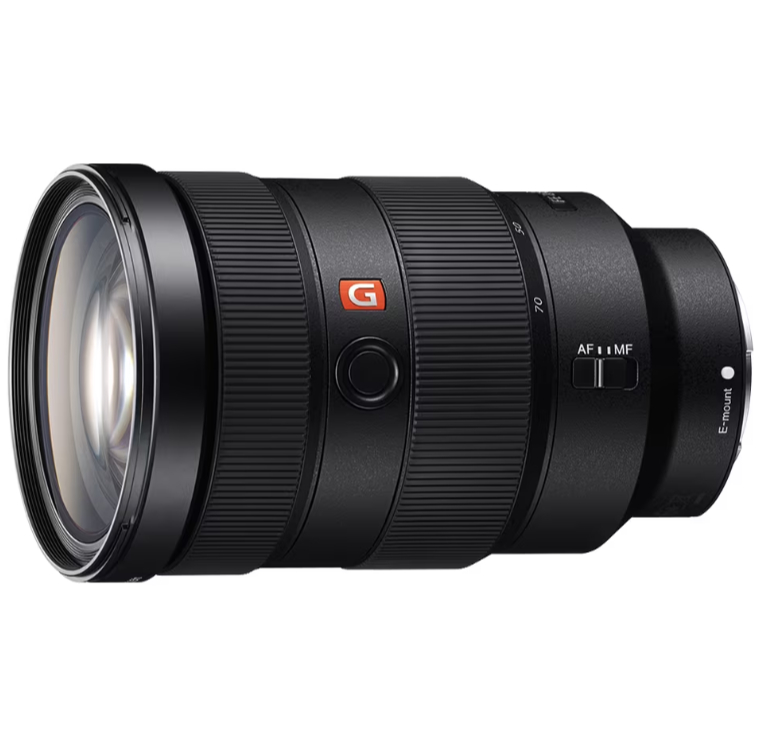
I love the stunning image quality, rock-solid build and easy handling that make this the ultimate standard zoom for Sony full-frame cameras.
Read more below…
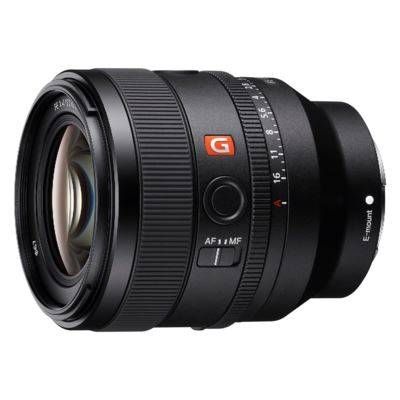
There are other 50mm lenses that deliver images of similar quality as this, but you’ll be hard-pressed to find one as light and responsive.
Read more below…
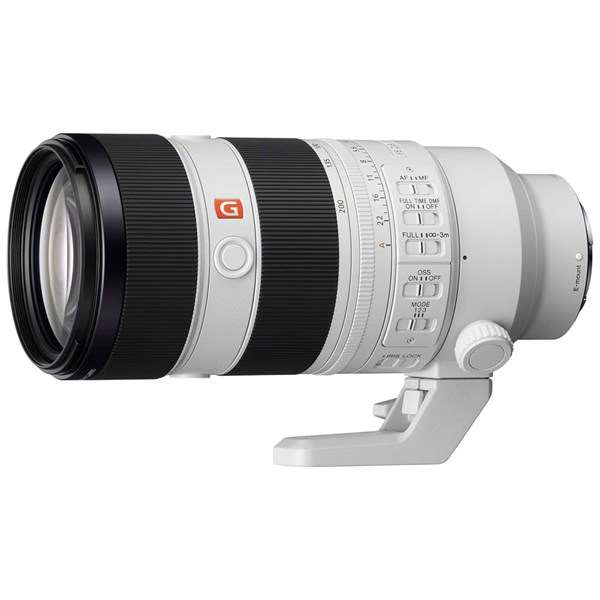
If I could only have one zoom rather than prime lens, this would be it. The expansive telephoto range coupled with a constant f/2.8 aperture and OSS make it a winner.
Read more below…
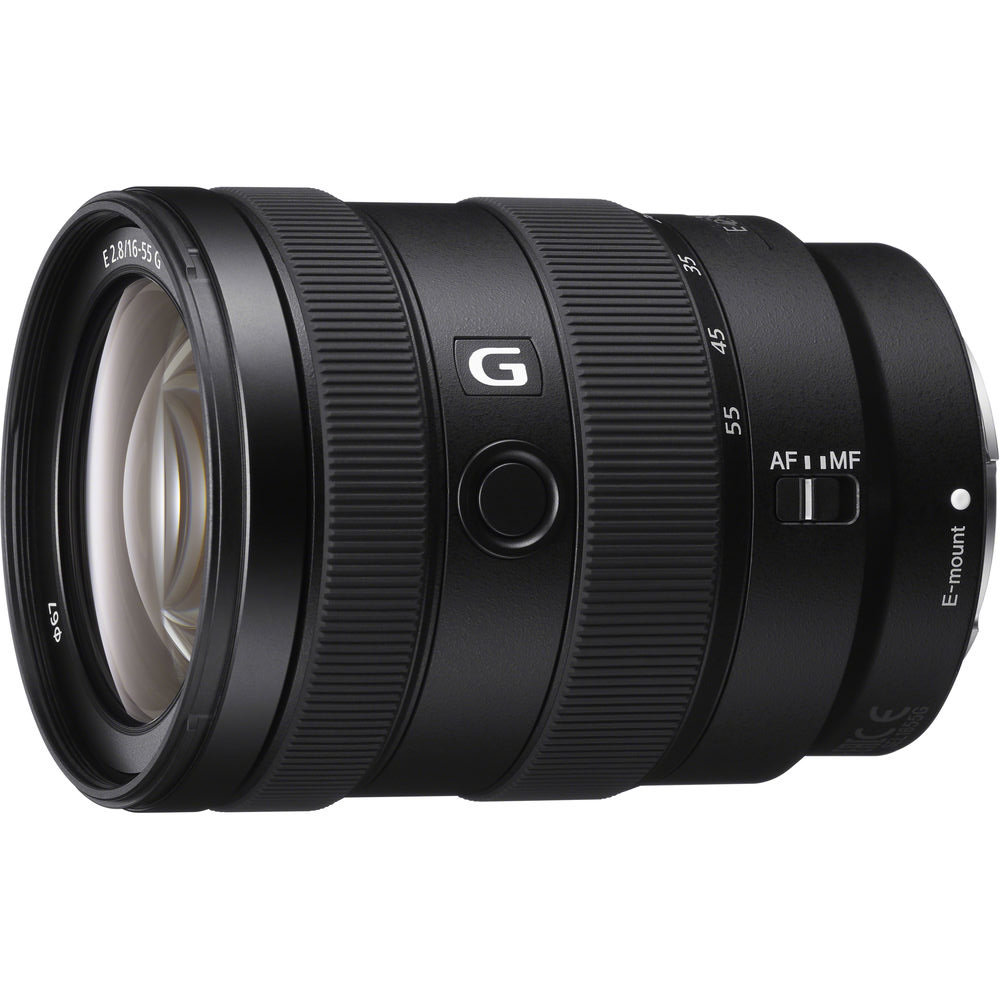
This lens gives me a really versatile 24-82.5mm ‘effective’ zoom range on APS-C format cameras, with a really desirable, constant f/2.8 aperture.
Read more below…
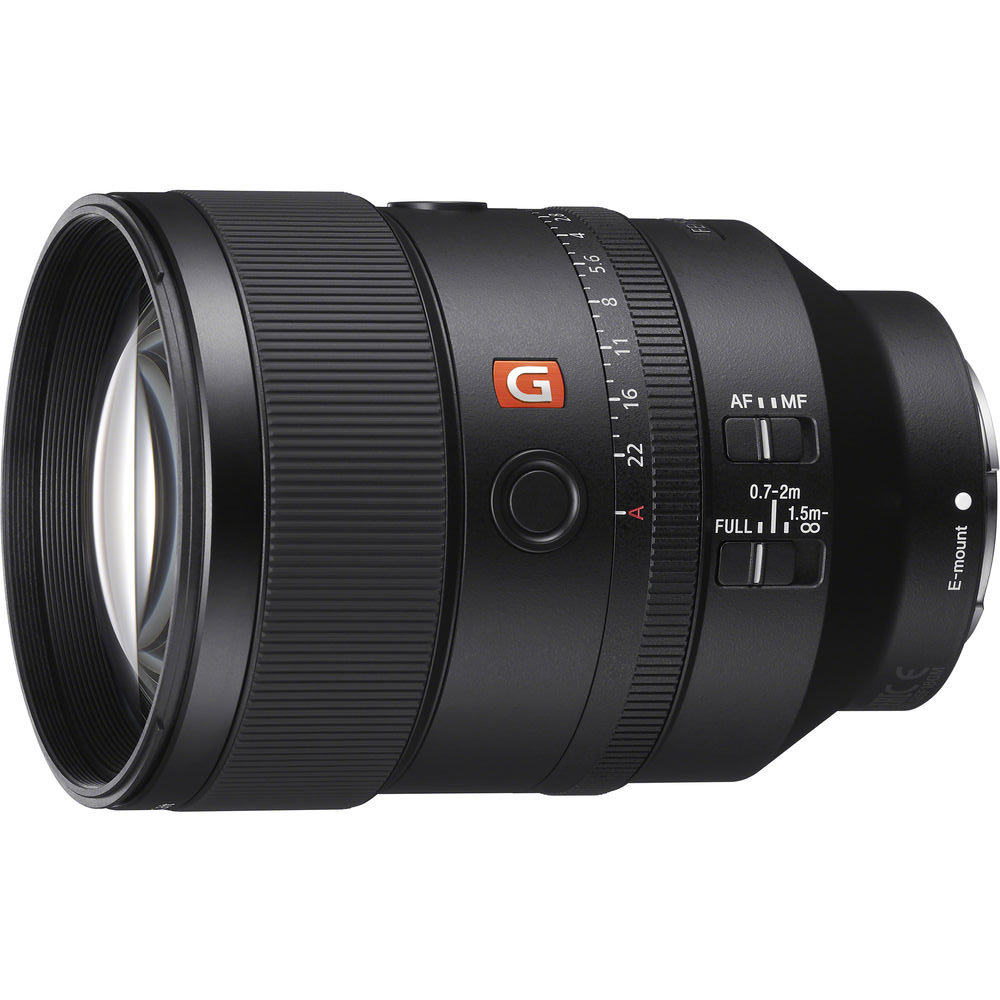
For tight portraits, close-ups and headshots, a 135mm lens is a winner, and this is one of the finest examples I've used, with premium optics and top-line build quality.
Read more below…
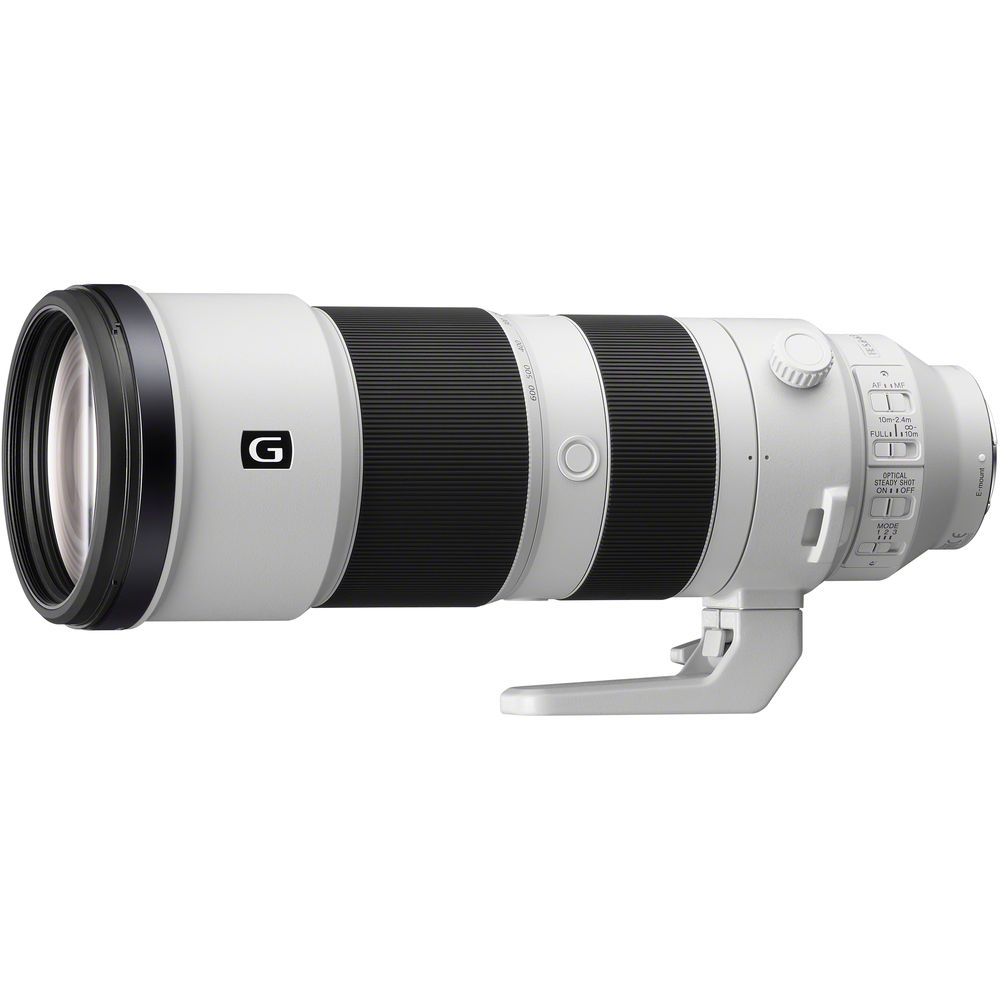
Covering a phenomenal 200-600mm reach, this lens is perfect for sports and wildlife applications, as long as you don't mind its considerable physical heft.
Read more below…
View the full list...
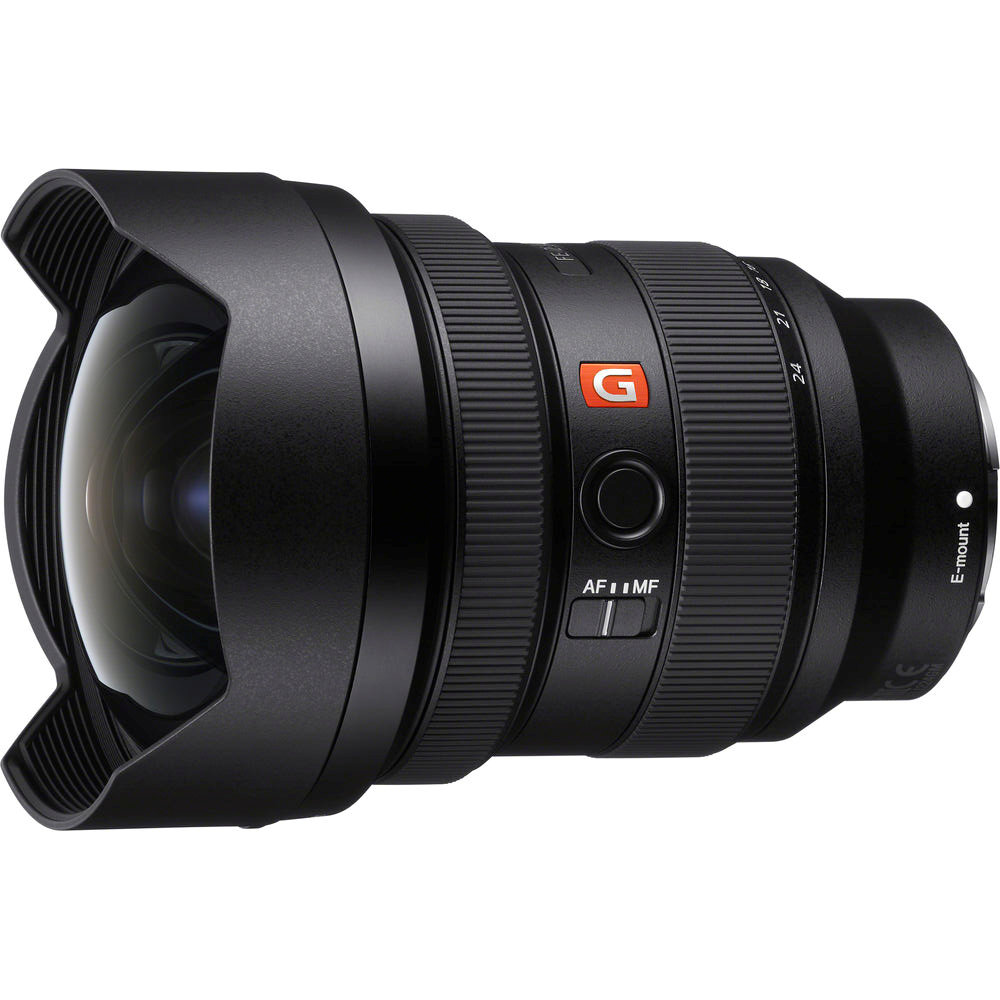
I’m always amazed by the stunningly ultra-wide maximum viewing angle of this lens, making it ideal for everything from landscapes to astrophotography.
Read more below…
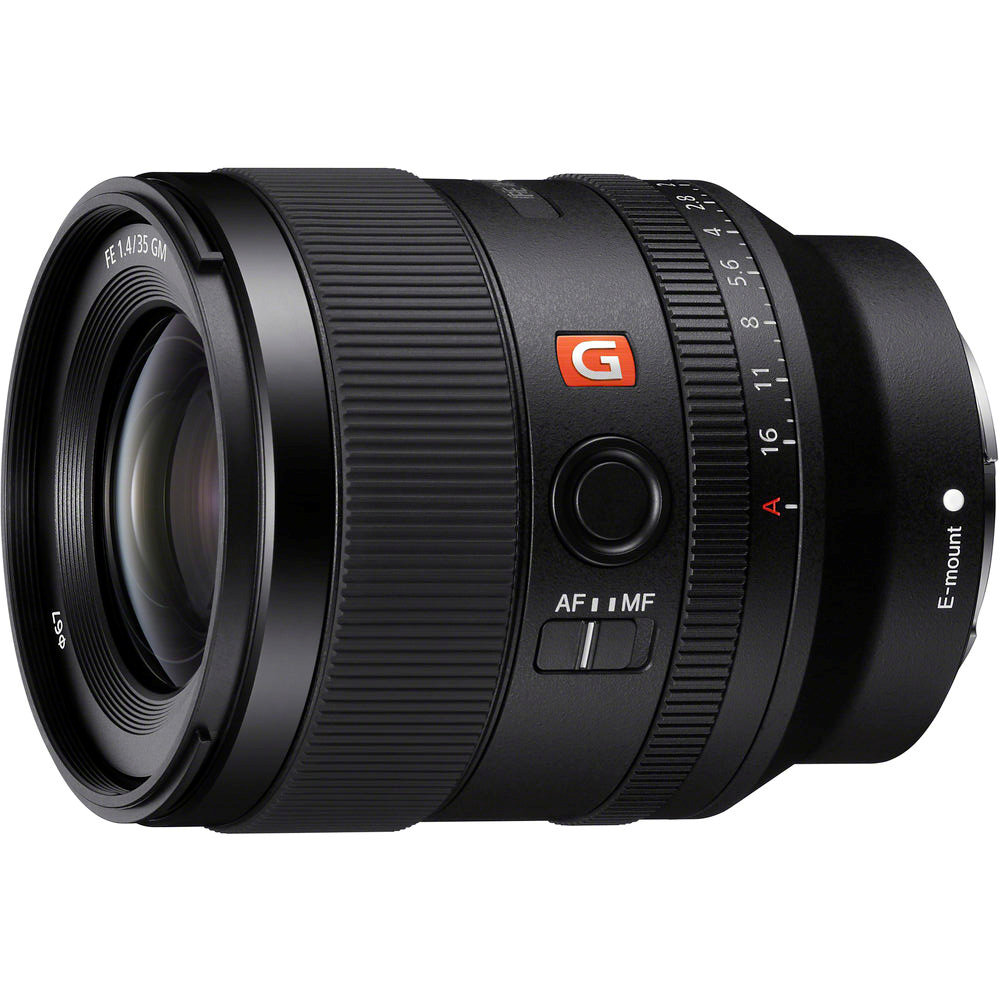
I find I need to nail the focusing when this prime is wide-open, but when I do, the results are simply spectacular.
Read more below…
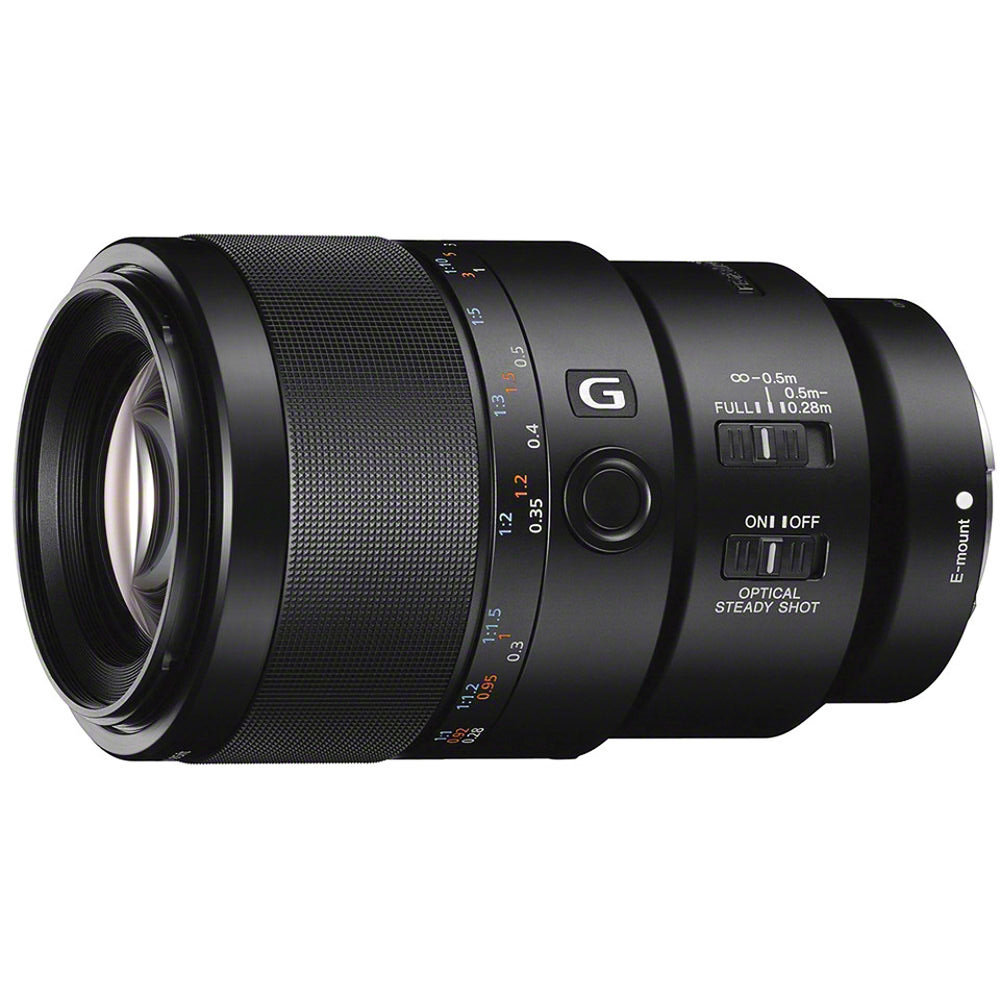
Enjoy life-size magnification with this prime lens – and its wide aperture means it’s a pretty good portrait lens as well.
Read more below…
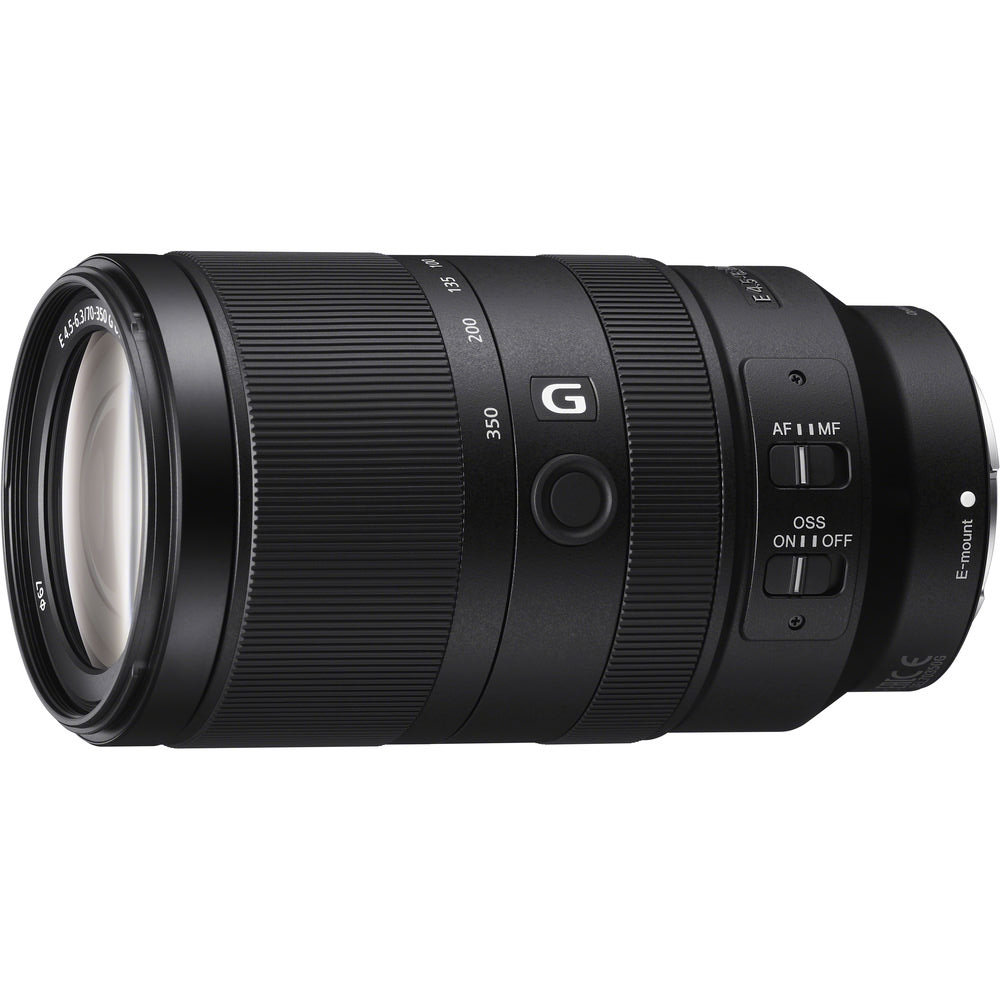
Designed specifically for APS-C format cameras, this versatile zoom lens is lightweight and boasts some serious shooting range.
Read more below…
Best Sony lenses
Why you can trust Digital Camera World
Best Sony standard zoom lens
Specifications
Reasons to buy
Reasons to avoid





Sony's flagship FE 28-70mm F2 GM is Sony's best standard zoom lens, so why isn't it my favorite standard zoom? Well, while the 28-70mm GM is undoubtedly a masterpiece of a lens - arguably the best full-frame zoom of any focal range you can buy right now - the 24-70mm GM II is very nearly as good, yet it's considerably cheaper to buy. Unless you've got money to burn, the 24-70mm GM II is still the smarter choice.
The FE 24-70mm F2.8 GM II is one of the finest examples of the 'trinity' 24-70mm f/2.8 breed. I really like its sturdy, weather-sealed build quality and handling characteristics, with its customizable focus hold function button and switches for AFMF and zoom lock.
The lens is packed with high-tech, high-precision optical elements, and I love that autofocus is blazing fast for stills and provides smooth and near-silent autofocus transitions during movie capture. There’s no optical stabilizer but this is only an issue with first-edition Sony mirrorless full-frame cameras that lack in-body stabilization.
Image quality is spectacular in all respects. Even when shooting wide-open, I’ve found that sharpness is simply phenomenal, throughout the entire zoom range. But if your pockets aren’t deep enough for such an expensive lens, other strong contenders include the Sigma 24-70mm F2.8 DG DN Art, Tamron 28-75mm F2.8 Di III RXD G2, and Samyang AF 24-70mm F2.8 FE.
Read our full Sony FE 24-70mm f/2.8 GM II review for more details
Features ★★★★★ | Building on the success of Sony’s flagship ‘trinity’ standard zoom, the Mark II boasts extra features and redesigned optics. |
Design ★★★★★ | Design extras include adjustable torque for the zoom ring, function buttons and a click/de-click aperture ring. |
Performance ★★★★★ | Performance is absolutely top-drawer in all respects, from super-fast autofocus to sublime image quality. |
Value ★★★★★ | It’s naturally pricey for a Sony G Master lens but the Mark II is nevertheless great value for money. |
Best Sony standard prime lens
Specifications
Reasons to buy
Reasons to avoid
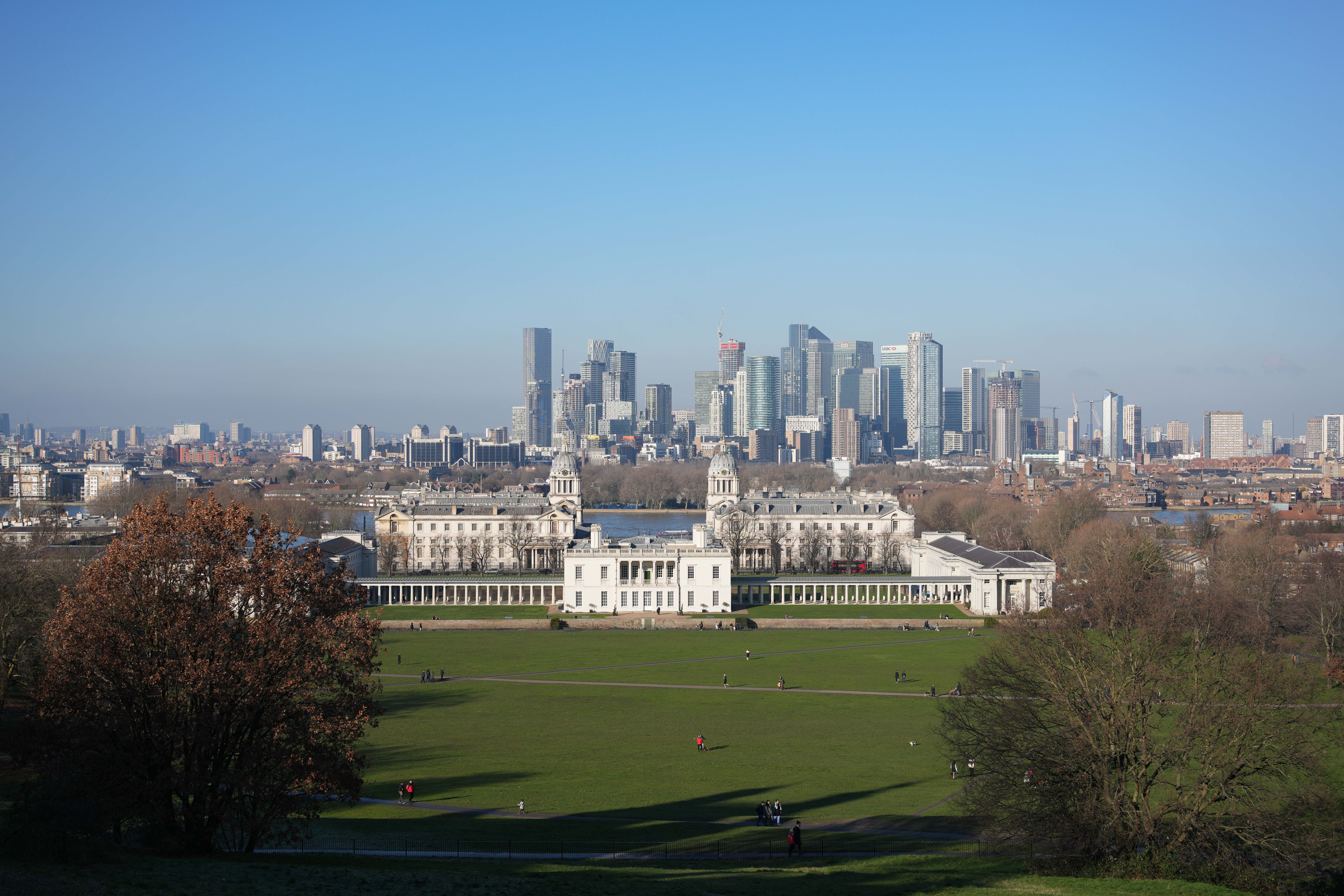

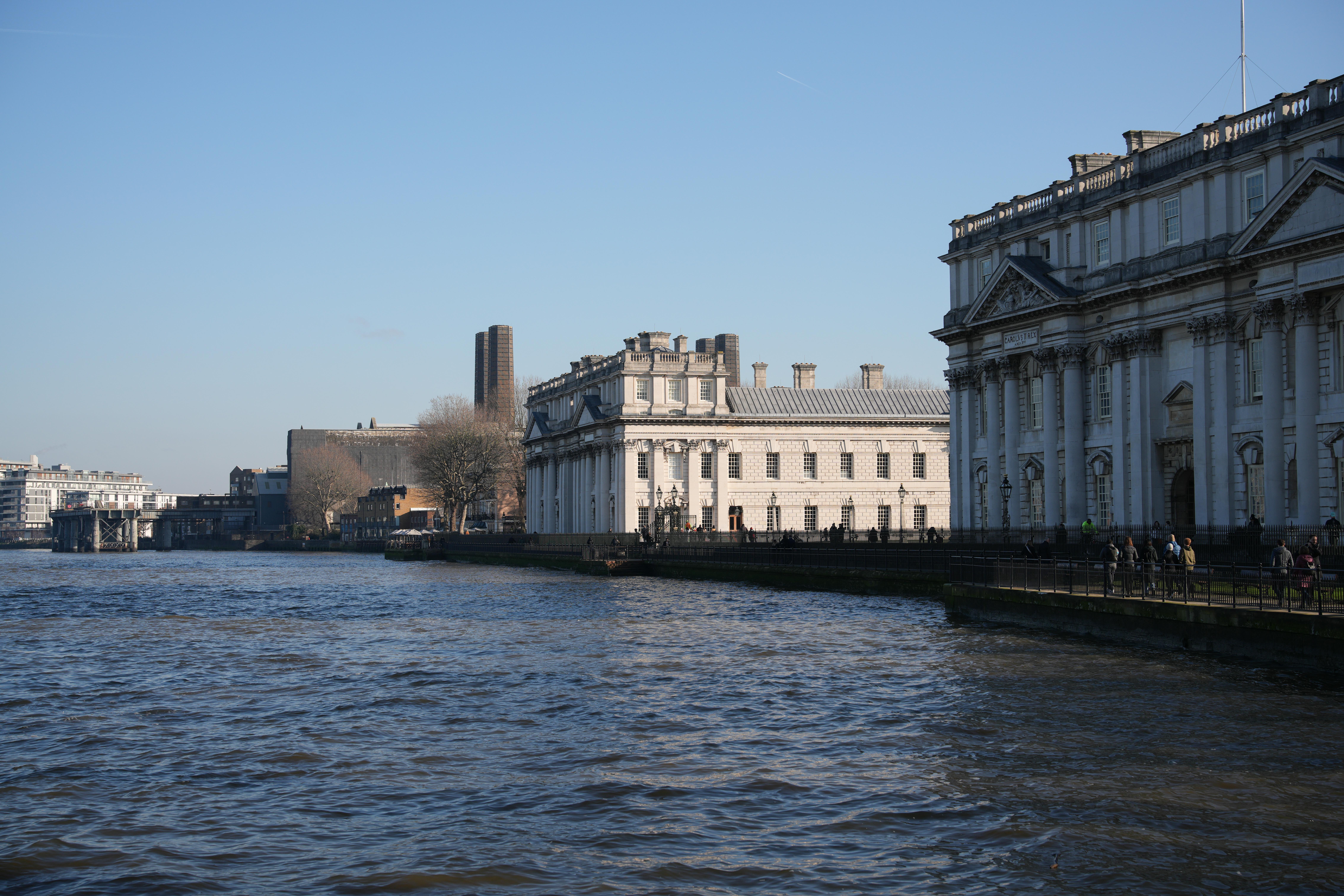
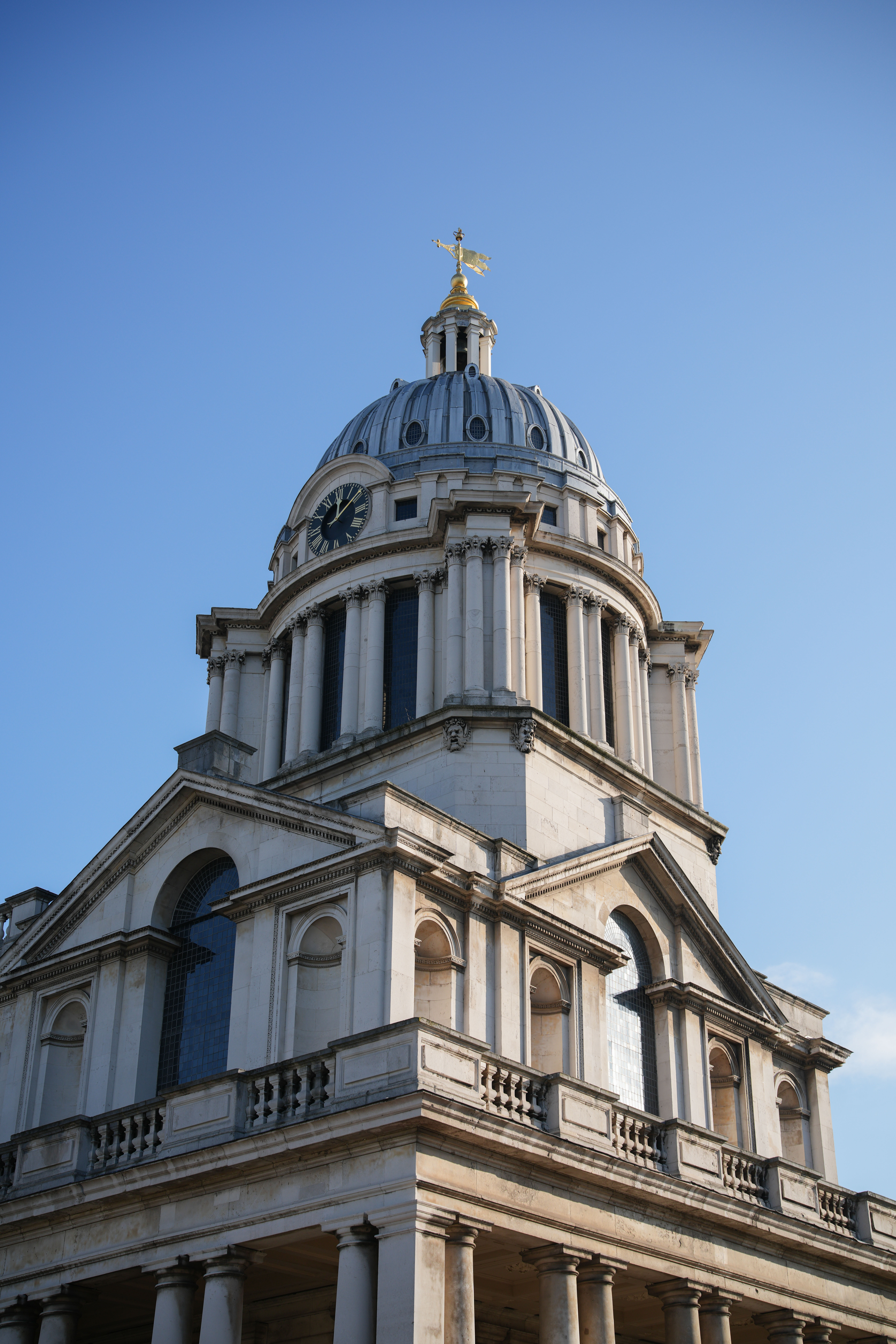
I always think that a ‘nifty fifty’ is an essential bit of kit. The Sony FE 50mm F1.4 is the lens that is most suited to most Sony shooters who love the natural perspective of a 50mm prime.
Impressively light and compact, but not compromising one bit on optical quality, I find this lens is pretty much perfect when it comes to center-sharpness and holds up very well towards the edges of the frame. If you don't really feel the need for the even faster aperture, added size, weight, and considerable extra cost of the Sony FE 50mm F1.2 G Master, then this FE 50mm F1.4 is the one to go for.
Read our full Sony FE 50mm f/1.4 GM review for more details
Features ★★★★★ | It has all the features and trappings that I’d expect from a Sony G Master lens. |
Design ★★★★★ | It’s pretty chunky for a 50mm f/1.4 lens but the build quality is excellent. |
Performance ★★★★★ | There’s some noticeable vignetting when uncorrected in-camera but overall performance is superb. |
Value ★★★★☆ | Sony G Master lenses tend to command a high price and this one’s no different. |
Best Sony telephoto zoom lens
Specifications
Reasons to buy
Reasons to avoid
I’ve always found a 70-200mm F2.8 lens to be arguably the most essential zoom, even for those that generally shoot with primes, and the Sony FE 70-200mm F2.8 G Master OSS is a seriously top-flight option.
I'm impressed that the feast of glass includes a double-sided XA (Extreme Aspherical) element, two other aspherical elements, four ED (Extra-low Dispersion) elements, and two Super ED elements. For tracking action, I also love the super-fast autofocus system, based on dual linear motors plus an RDSSM (Ring Drive Super Sonic wave Motor).
Handling is refined, with an autofocus range limiter, customizable focus hold buttons, and dual-mode stabilization for static and panning shots. For a more lightweight option, I also love the compact Tamron 70-180mm F2.8 Di III VXD, while the Tamron 70-300mm F4.5-6.3 Di III RXD is a more conventional ‘budget’ telephoto zoom.
Read our full Sony FE 70-200mm f/2.8 GM OSS review for more details
Features ★★★★★ | A rank of function buttons, an autofocus range limiter and dual-mode optical stabilization are just some of the high-end features. |
Design ★★★★★ | It’s designed and built as a fully pro-grade telephoto lens with a white finish and a rock-solid construction. |
Performance ★★★★★ | Performance is excellent, from the speed and accuracy of autofocus, through reliable stabilization to superb image quality. |
Value ★★★★☆ | Shop around and this lens is often available for about two-thirds of the price of the newer Mark II edition. |
Best Sony APS-C standard zoom lens
Specifications
Reasons to buy
Reasons to avoid

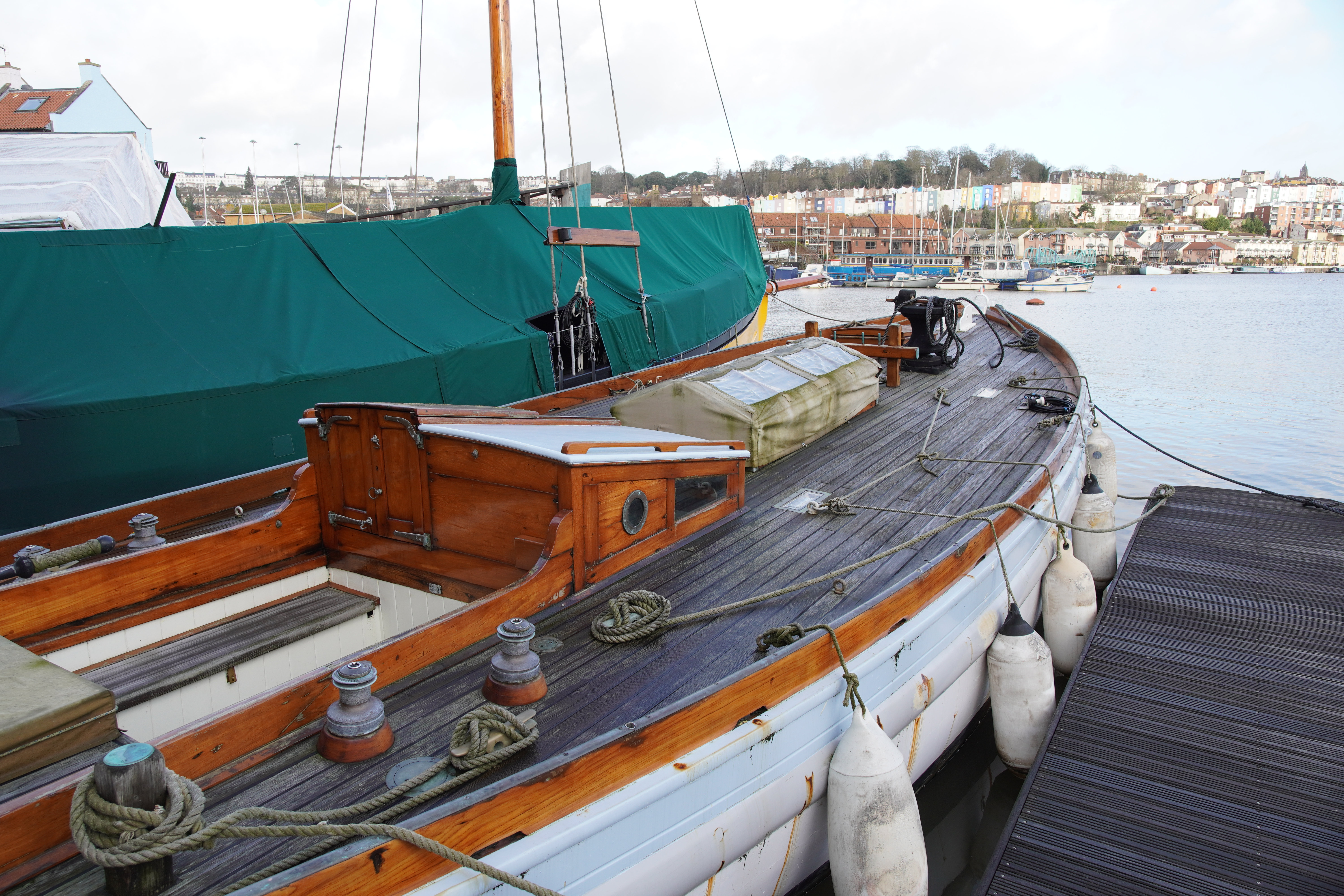
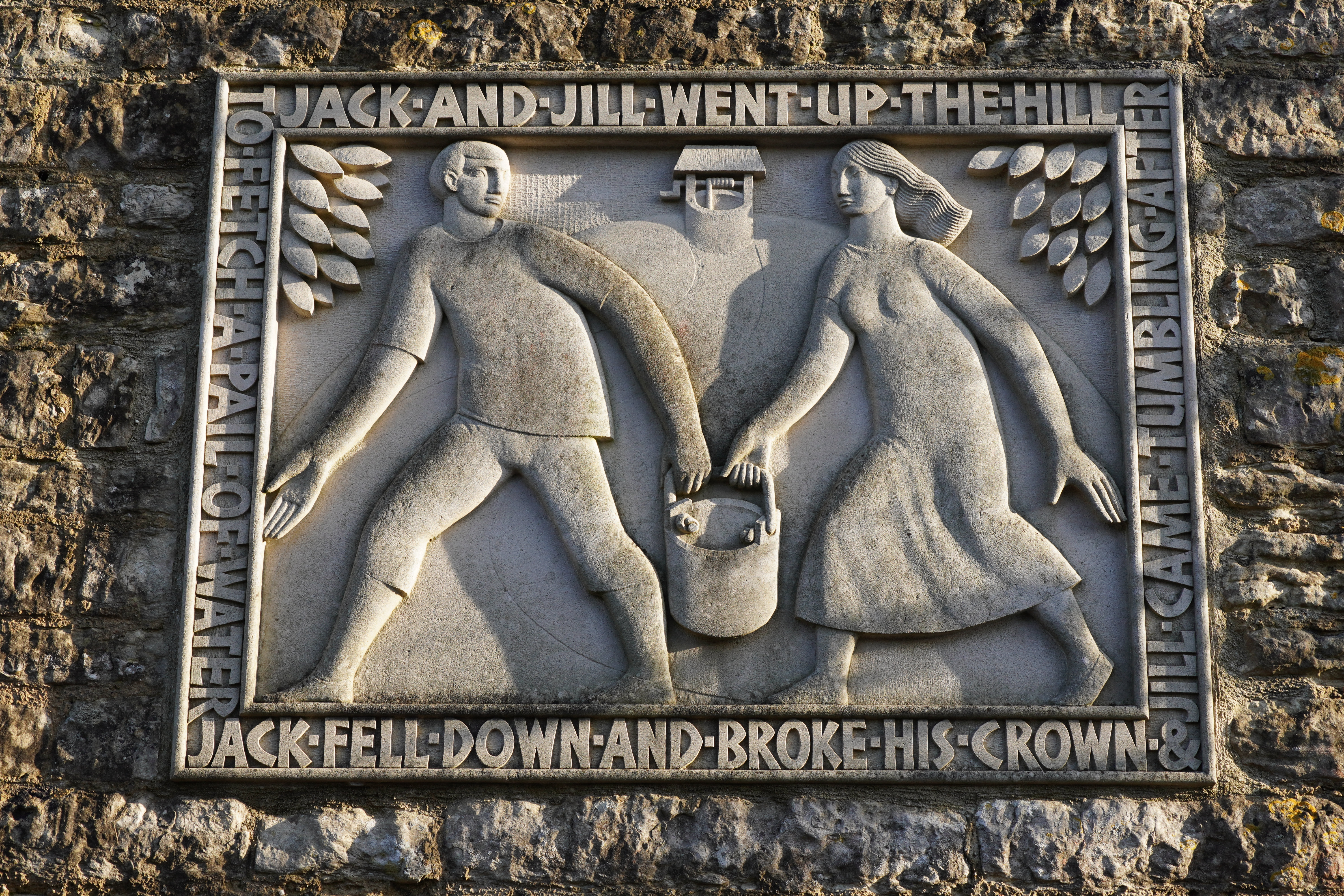
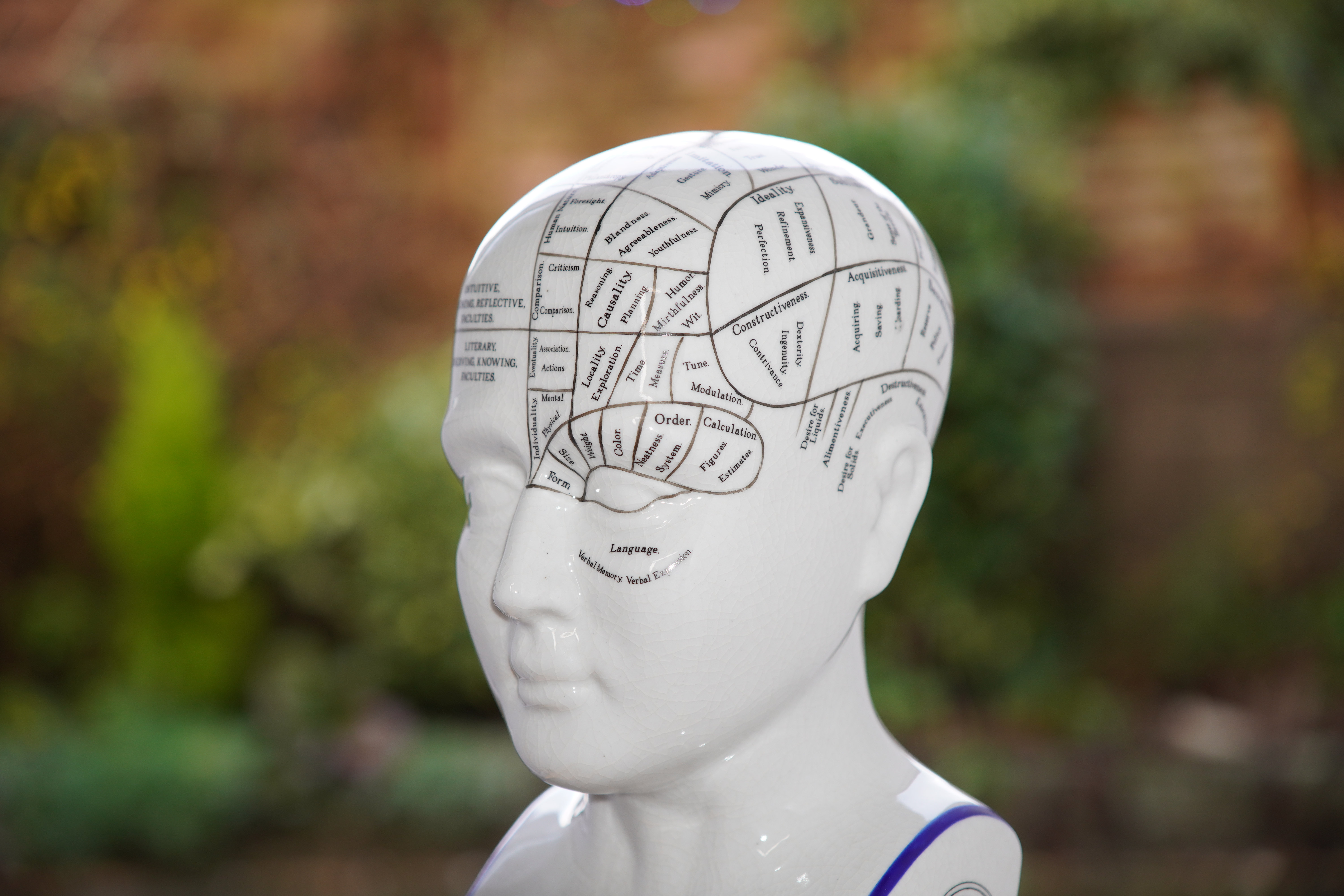
There is an older Sony Vario-Tessar T E 16-70mm F4 ZA OSS which is cheaper and lighter than this lens and has optical stabilization, but the maximum aperture is F4, so the new Sony E 16-55mm F2.8 G is, I think, the best standard zoom for Sony APS-C cameras. As a standard lens with a classic zoom range, the Sony E 16-55mm F2.8 G ticks nearly all the right boxes.
It delivers sumptuous image quality with fabulous sharpness and contrast, along with pleasant bokeh. Handling is very refined, with the addition of a customizable focus hold button, strong build quality, and weather seals. Autofocus is super-fast and deadly accurate. The only downside is the lack of optical stabilization but, overall, I simply love this lens.
Read our full Sony E 16-55mm f/2.8 G review for more details
Features ★★★★★ | It has a relatively fast and constant f/2.8 aperture, a function button and an AF/MF switch. |
Design ★★★★★ | The solid-feeling and classy construction includes weather-seals. |
Performance ★★★★★ | Performance is excellent in all respects, although wide-angle distortion relies on auto correction. |
Value ★★★★☆ | It’s pricey to buy but the quality and performance make it good value. |
Best Sony portrait lens
Specifications
Reasons to buy
Reasons to avoid
While the Sony FE 85mm F1.4 GM II will be seen as the most ideal portrait lens by many, I find that this 135mm version gets me closer to my sitter while maintaining a natural shooting distance, thus working really well for close-up portraits, and any other shooting scenario that calls for impeccable image quality at this focal length.
The high-grade optical path includes XA (eXtreme Aspherical), Super ED, and regular ED elements, along with an 11-blade diaphragm that maintains a particularly well-rounded aperture when stopping down a bit.
I love the handling, complete with an aperture control ring with de-click switch, and the lens combines striking sharpness and contrast with a really smooth bokeh. A cut-price but highly capable direct competitor is the Samyang AF 135mm F1.8 FE, and it’s also worth considering the Sigma 85mm F1.4 DG DN Art and the specialist Sony FE 100mm F2.8 STF G Master OSS.
Read our full Sony FE 135mm f1.8 GM full review for more details
Features ★★★★★ | From its optical path to its fast autofocus and handling exotica, the lens is packed with features. |
Design ★★★★★ | High-end design includes an aperture control ring with click/de-click options and dual function buttons. |
Performance ★★★★★ | Performance is simply fabulous, from all aspects of image quality to quick, reliable autofocus. |
Value ★★★★☆ | It’s a very expensive lens, costing about twice as much as the directly competing Sigma. |
Best Sony super-telephoto zoom lens
Specifications
Reasons to buy
Reasons to avoid


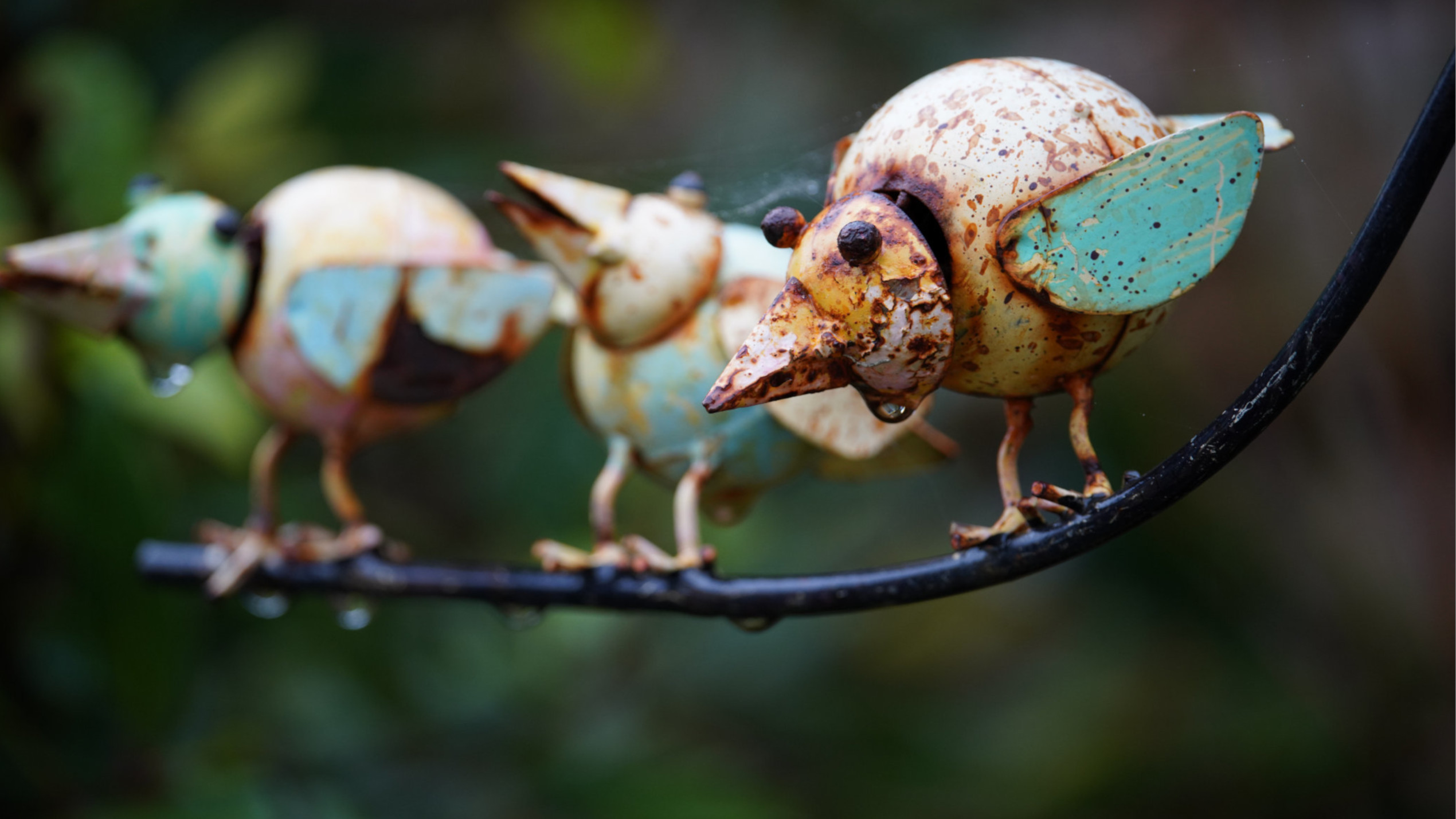
Fast super-telephoto lenses for full-frame cameras are always expensive, but I like that the more modest aperture rating of the Sony FE 200-600mm F5.6-6.3 G OSS makes it relatively affordable. I think this lens has a real wow factor. Sure, it’s not a G Master optic but it looks and handles great.
It’s naturally pretty big and heavy but entirely viable for handheld shooting, helped along by effective Optical SteadyShot. I'm also impressed by the fast autofocus system, which is adept at tracking fast-paced action in action, sports, and wildlife photography, for which the lens is ideal. All in all, it delivers sharp shots time after time, with an excellent hit rate.
Read our full Sony FE 200-600mm f/5.6-6.3 G OSS review for more details
Features ★★★★★ | There are all the up-market controls, switches and handling extras you could hope for. |
Design ★★★★★ | It’s a necessarily big lens but less of a heavyweight than some, along with robust build quality. |
Performance ★★★★★ | Image quality is great throughout the entire zoom range, with effective stabilization and fast autofocus. |
Value ★★★★☆ | It’s pricier than the alternative Sigma lens but not bad value for an own-brand Sony G zoom. |
Best Sony ultra-wide zoom lens
Specifications
Reasons to buy
Reasons to avoid

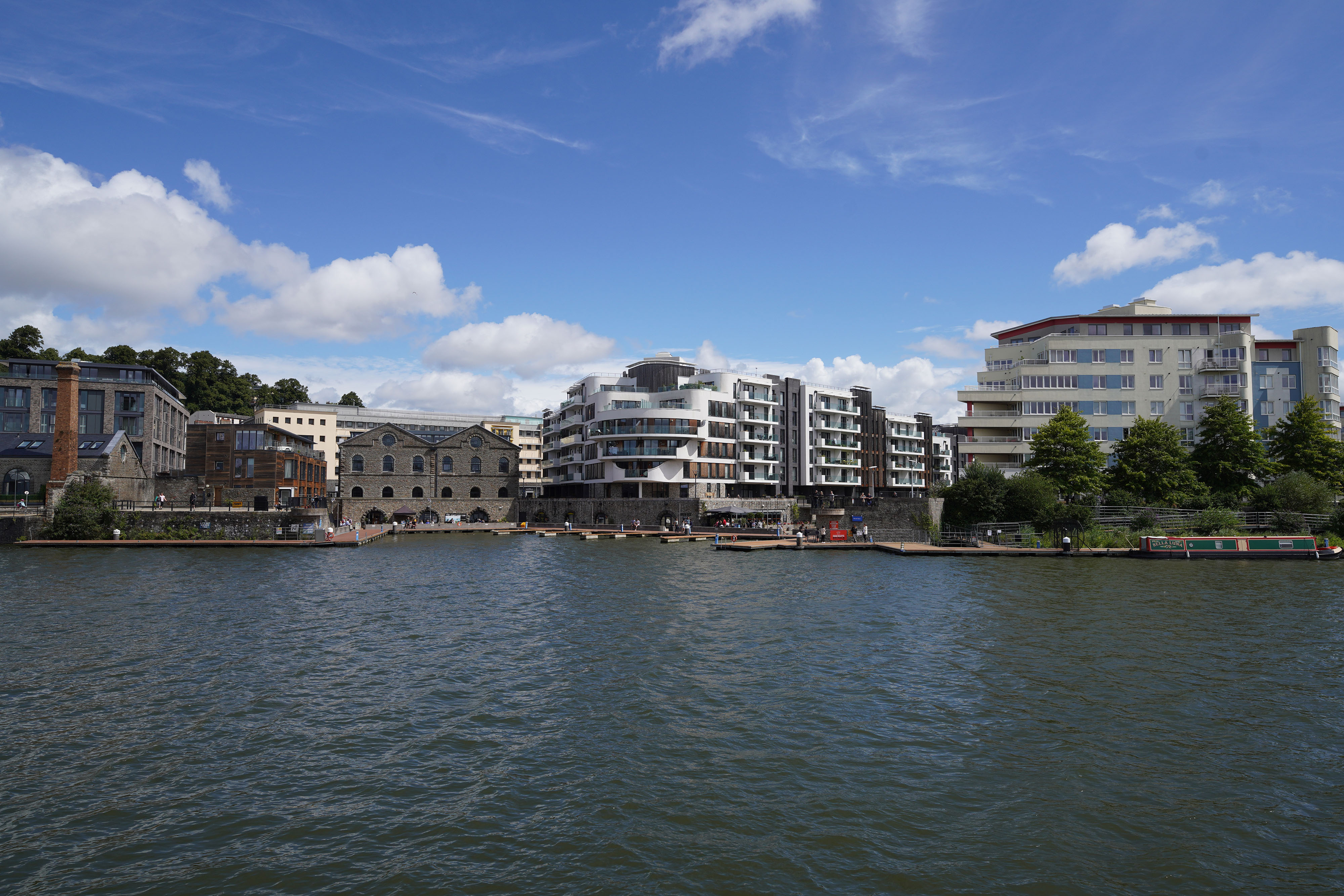

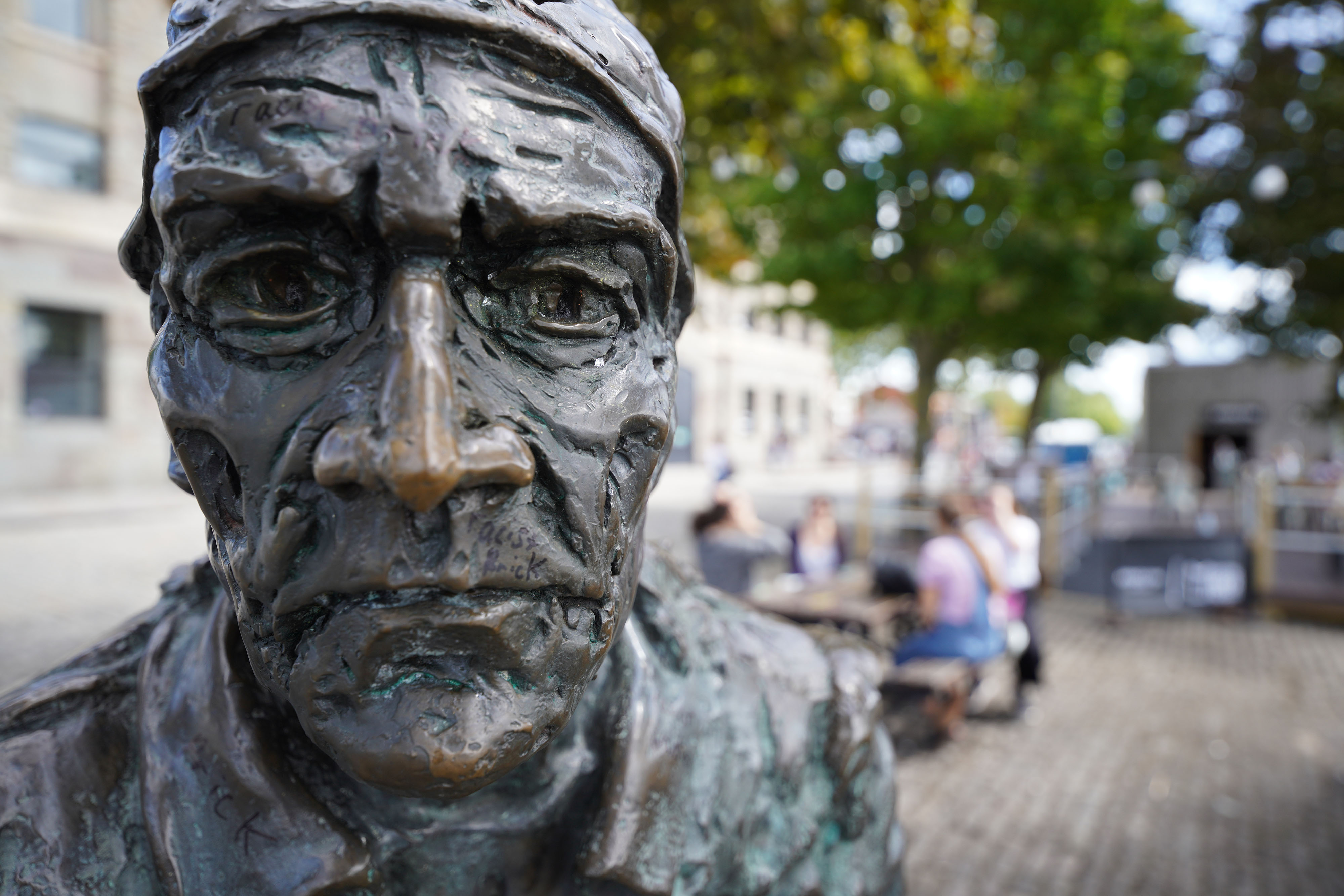
Completing the trinity of F2.8 constant-aperture zooms, the FE 12-24mm F2.8 G Master hits the wide-angle spot. I love that this lens actually goes wider than many competitors, delivering a really extreme maximum field of view. Moreover, it maintains superb image quality and all-round performance throughout its entire zoom range, earning its G Master credentials.
Even so, I wouldn’t rule out the Sony FE 12-24mm F4 G zoom, which gives the same ultra-wide viewing angles but is an f/stop slower. And if you don’t feel the need to go so ‘ultra-wide’, the Tamron 17-28mm F2.8 Di III RXD is an excellent budget-friendly alternative.
Read our full Sony FE 12-24mm f/2.8 G Master review for more details
Features ★★★★★ | The lens features no less than three XA (eXtreme Aspherical) elements) and other specialist glass, plus a new Nano AR Coating II. |
Design ★★★★★ | Pro-grade build quality is the order of the day but the lens isn’t overly heavy. The hood is typically integral but there’s a gel filter holder at the rear. |
Performance ★★★★★ | Autofocus is super-fast, image quality is impeccable with superb sharpness and resistance to ghosting and flare. |
Value ★★★★☆ | It’s much pricier than the competing 14-24mm f/2.8 Sigma lens but goes even wider for viewing perspective. |
Best Sony lens for street photography
Specifications
Reasons to buy
Reasons to avoid
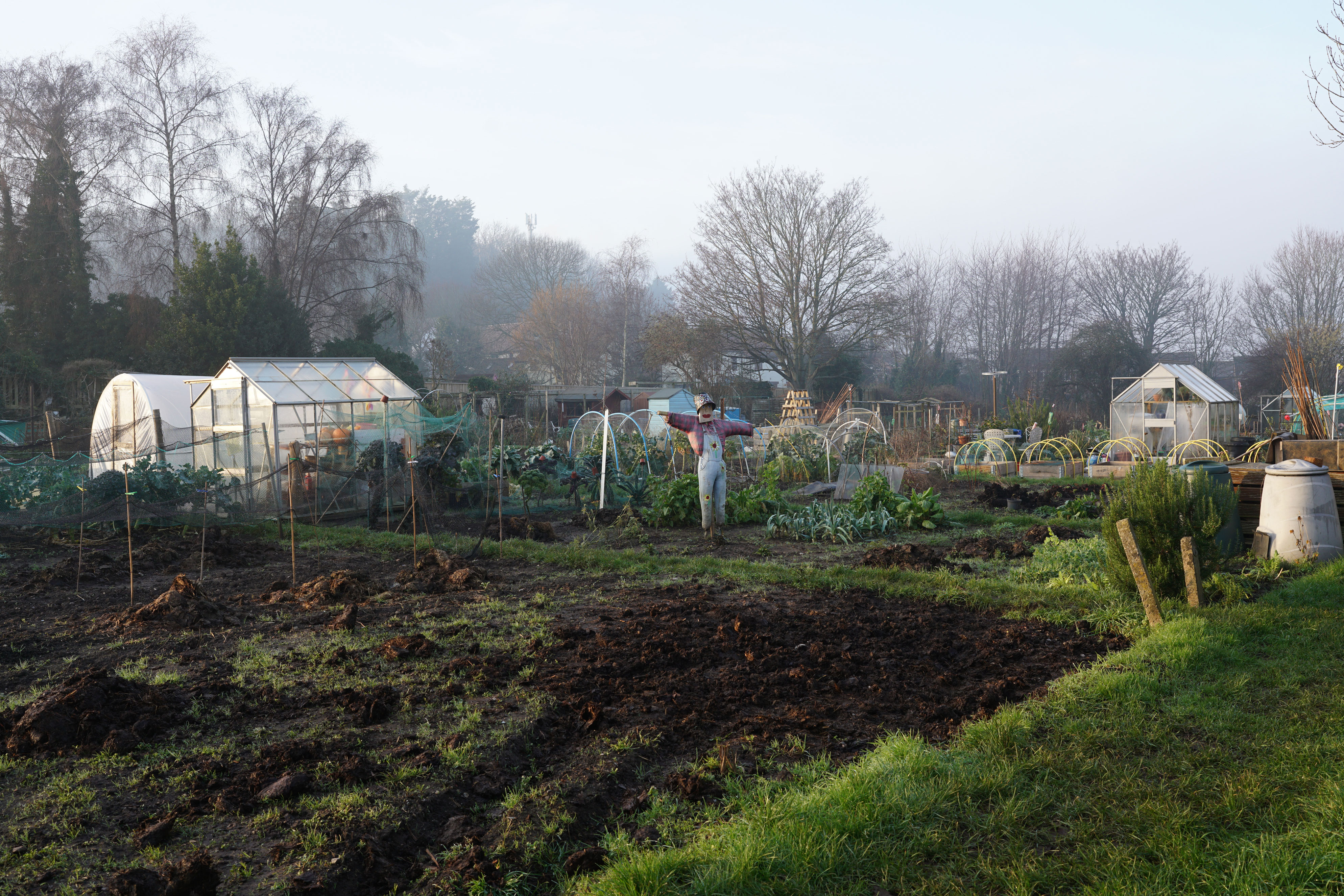


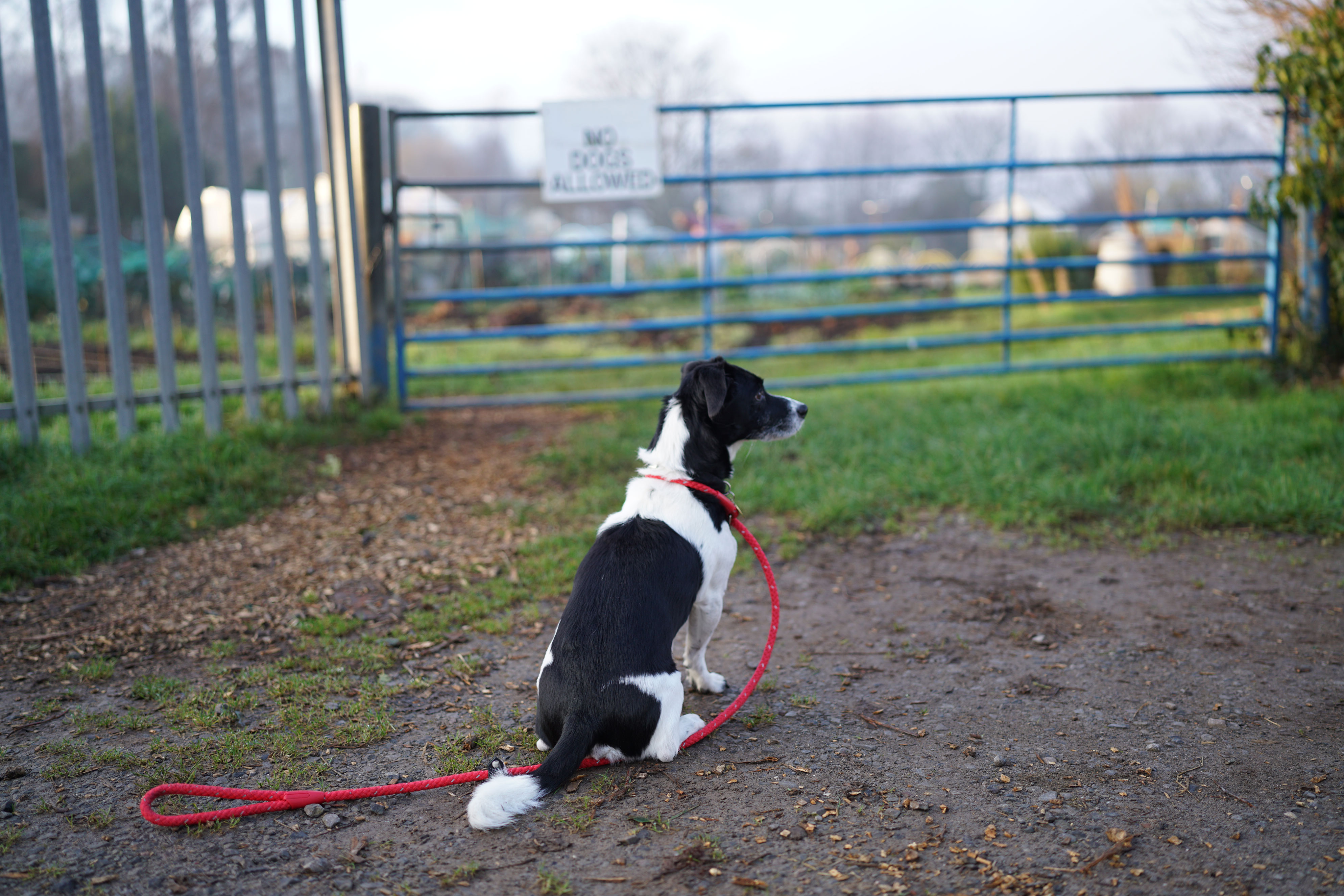

I tend to favor a 35mm prime lens for street photography and this one is fast and extremely capable. It’s a premium G Master option that gives a mix of an ultra-fast maximum aperture and modest wide-angle focal length, making it a very versatile lens not just for street photography, but also for anything from portraits and weddings, to landscape and astrophotography.
As you'd expect, it isn't cheap, but it impresses me with its spectacular optical performance. It's not the smallest 35mm prime we've seen, but it has great handling, with a perfectly weighted ‘de-clickable’ aperture ring and super-smooth focus ring. A lovely lens, but it inevitably comes at a hefty price. For candid street photography or if you’re on a tighter budget, consider the Sony FE 40mm F2.5 G.
Read our full Sony FE 35mm f/1.4 G Master review for more details
Features ★★★★★ | G Master attractions include a click/de-click aperture ring and function button. |
Design ★★★★★ | Dual XD Linear autofocus motors and plenty of up-market glass are featured in the weather-resistant design. |
Performance ★★★★★ | Image quality is absolutely top-notch, while autofocus is fast and consistently accurate. |
Value ★★★★☆ | It’s pricey to buy but has a very desirable focal length and fast f/1.4 aperture. |
Best Sony macro lens
Specifications
Reasons to buy
Reasons to avoid
There’s a lot to love about this macro lens. I find that its minimum focus distance of 0.28m gives a very natural working distance for full 1.0x or 1:1 macro magnification.
Beautifully built, this lens has up-market handling attractions including a customizable focus hold button, autofocus range limiter switch and Optical SteadyShot. Given that manual focusing is often preferred for extreme close-up shooting, there’s also a handy push-pull mechanism in the focus ring, for switching between auto and manual focus modes.
I find that image quality is very good in all respects, with excellent sharpness even wide-open at F2.8, and the edges and corners catch up nicely when stopping down a little. More importantly for a macro lens, sharpness remains very good at narrow apertures, often required to get more than a tiny depth of field.
Read our full Sony FE 90mm f/2.8 Macro G OSS review for more details
Features ★★★★★ | Smart features include a function button, autofocus range limiter switch and optical stabilization. |
Design ★★★★☆ | The focus distance scale is an upside but the push/pull auto/manual focus ring feels a bit antiquated |
Performance ★★★★☆ | Image quality is excellent but the effectiveness of stabilization is limited for extreme close-up shooting. |
Value ★★★★☆ | It’s not overly expensive for a top-flight macro lens but also not the greatest value for money. |
Best Sony APS-C telephoto zoom lens
Specifications
Reasons to buy
Reasons to avoid
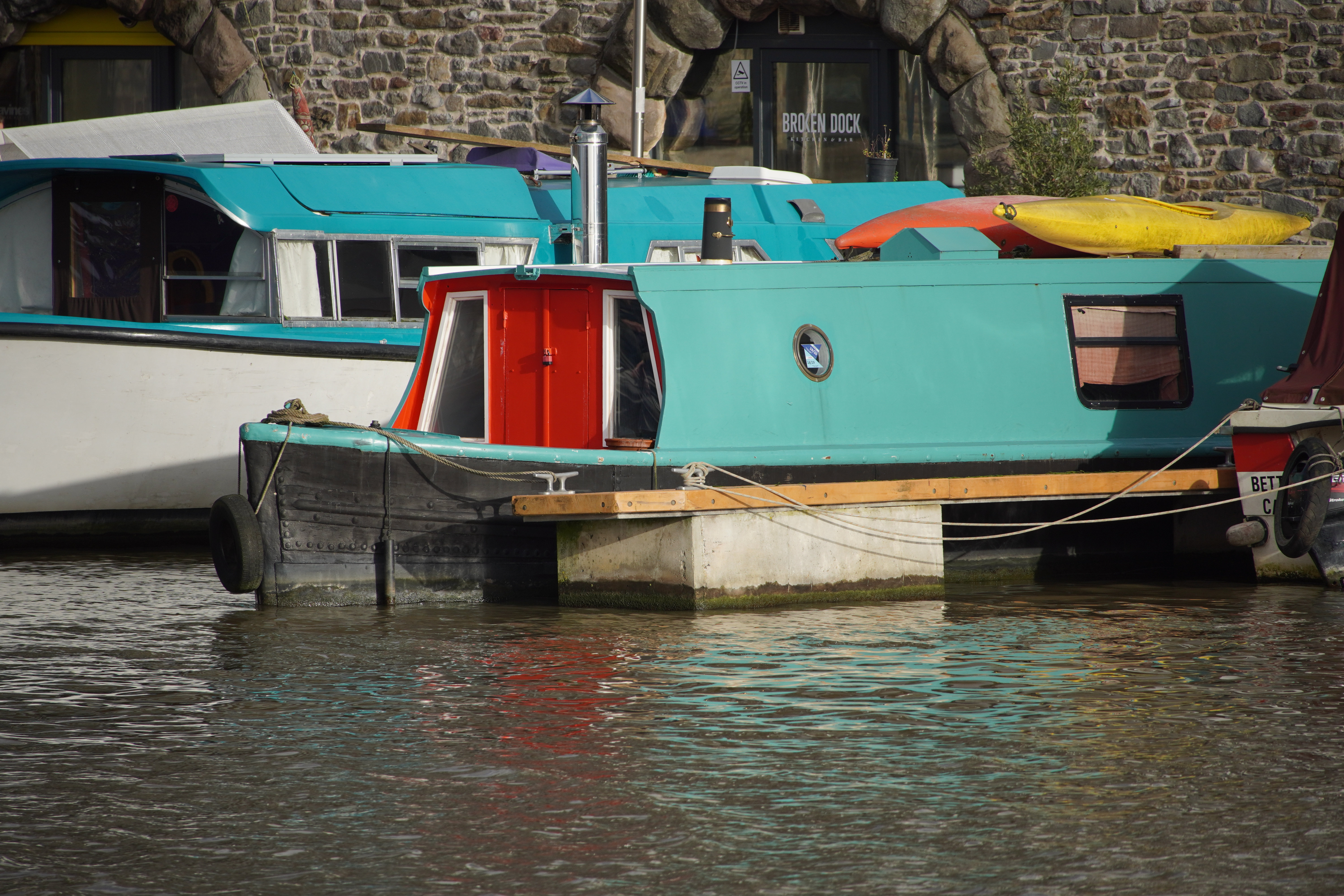
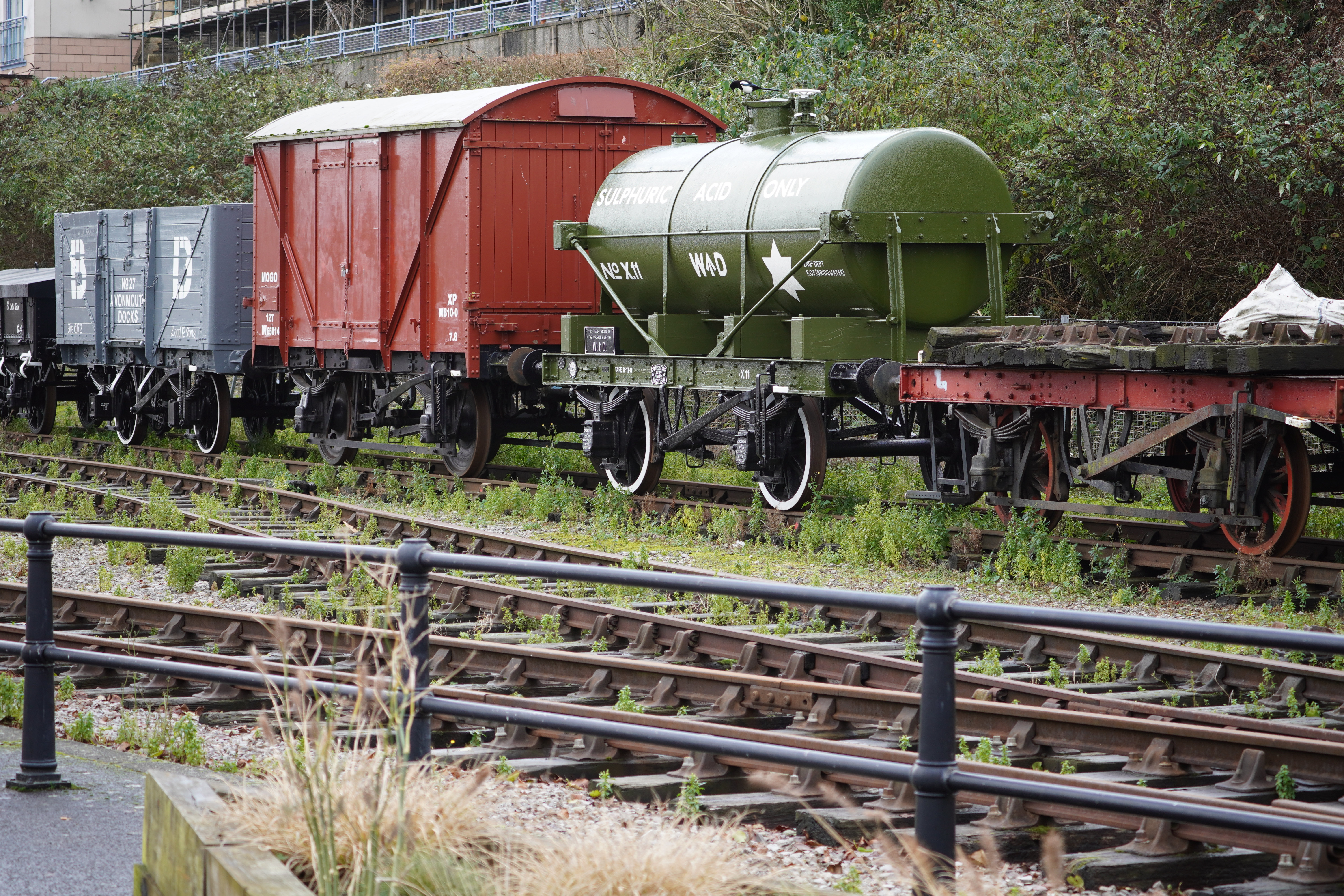
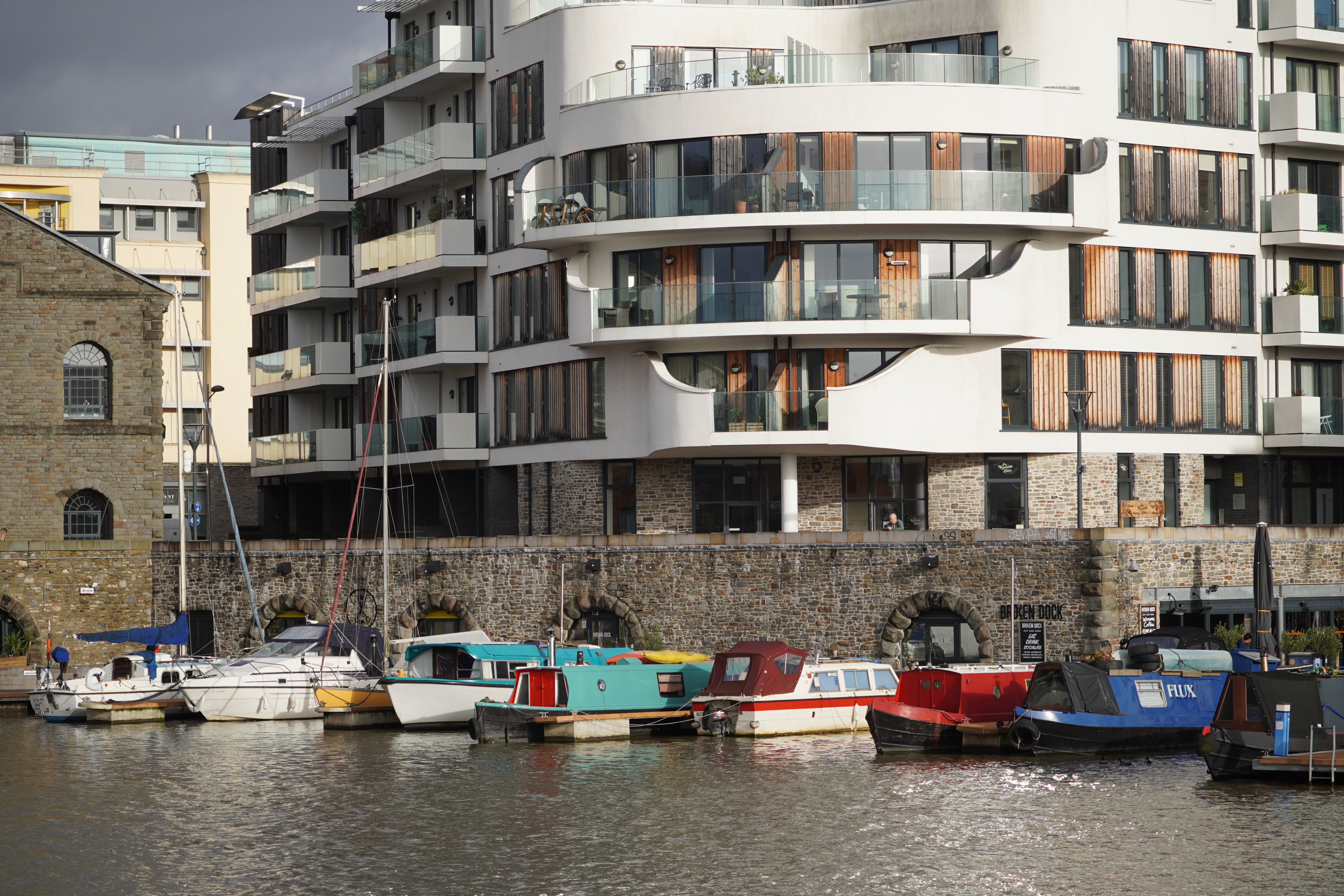
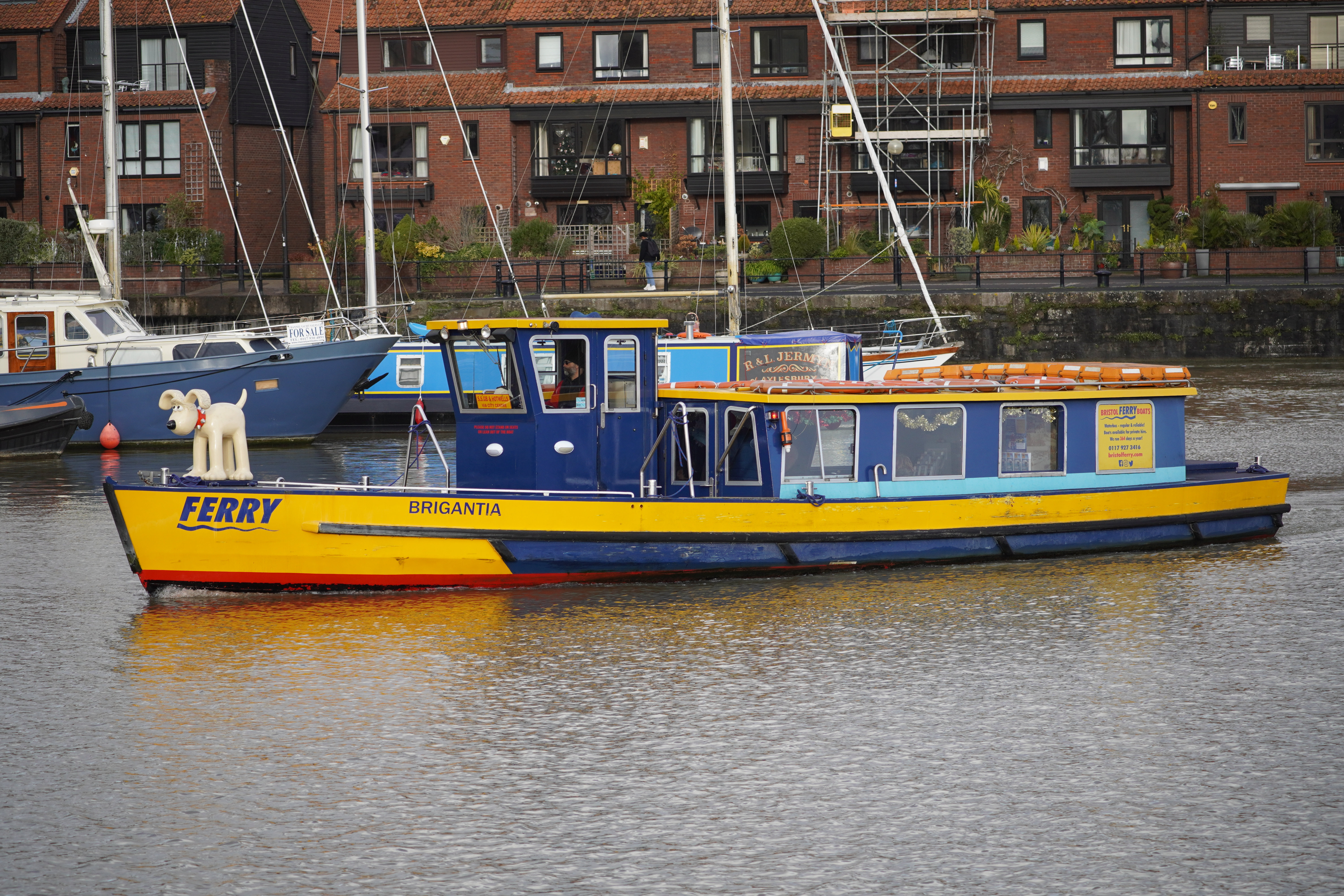
I absolutely love the Sony E 70-350mm F4.5-6.3 G OSS. It sports a 5x zoom range that equates to 105-525mm in full-frame terms, taking it into super-telephoto territory, but with a comparatively compact and lightweight build. Downsizing is helped by the modest F4.5-6.3 aperture rating but image quality and all-round performance are very impressive.
It doesn’t have the world’s most effective optical stabilizer, but you can still expect a great hit rate with sharp handheld shots, even at the longest zoom setting. Overall, this is a lens that’s big on performance but refreshingly small and lightweight for handheld shooting.
Read our full Sony E 70-350mm f/4.5-6.3 G OSS review for more details
Features ★★★★★ | High-end features include a function button, AF/MF switch and optical stabilization. |
Design ★★★★★ | G-series quality comes to this APS-C format lens with up-market design and weather-seals. |
Performance ★★★★★ | It’s impressively sharp and the XD linear motor-driven autofocus system is fast and snappy. |
Value ★★★★☆ | This is a pricey telephoto zoom for an APS-C format lens but worth the outlay. |
Lab data and comparisons
The graphs below show the comparative performance of the lenses in this guide, based on our in-house lab tests. It’s no surprise that all of the lenses in this group are super-sharp. The FE 50mm is the outright winner in this respect, closely followed by the FE 135mm. However, the FE 12-24mm is incredibly sharp for such an ultra-wide-angle zoom. The distortion figures flatter some of the zoom lenses, as the scores are averaged out across the entire zoom range.
Scores for sharpness and color fringing are averaged from data taken across the entire image frame, from the center to the edges and corners, throughout the aperture range. For zoom lenses, the scores are also averaged from data measured at all marked focal lengths, and the same applies to distortion. Bear in mind that these average values don't fully reflect specific areas of performance. For example, a zoom lens might have noticeable barrel and pincushion distortion at its shortest and longest focal lengths respectively, which tends to average out when looking at the data overall. For more detailed graphs of each lens's performance, which give the full picture, check out the graphs in our full standalone lens reviews.
How to choose the best Sony lens
Do I need OSS?
Optical SteadyShot can be really useful if your Sony camera doesn’t feature IBIS (In-Body Image Stabilization). It’ll help counteract the effects of camera-shake and ensure you get sharp handheld shots more consistently with slow shutter speeds. IBIS tends to be less effective when shooting with telephoto lenses, so OSS is often featured in this type of lens regardless.
What’s the APS-C crop factor?
Sony’s APS-C cameras have an image sensor that’s the same size as a frame of ‘Advanced Photographic System type C’ film. That’s somewhat smaller than a frame of 35m film, on which full-frame digital cameras are based. The outcome is that the ‘crop factor’ gives a 1.5x magnification in the focal length of lenses. For example, a 50mm lens will give the same field of view as using a 75mm lens on a full-frame camera.
How do I tell if a lens is full-frame compatible?
It can be tricky for the uninitiated to recognize the difference between Sony lenses that are made for full-frame or APS-C format cameras. The clue is in the title. APS-C format lenses have an ‘E’ prefix, whereas full-frame compatible lenses have an ‘FE’ prefix. Bear in mind though, that you can shoot with E lenses on full-frame cameras in crop mode, and with FE lenses on APS-C cameras with no limitations.
Zoom or prime?
Sometimes it’s hard to decide whether a zoom lens or a prime lens will be a better buy. Zoom lenses tend to be more versatile, as they cover a broad spread of focal lengths. However, there’s a lot to be said for the prime lenses, which generally have a wider or ‘faster’ aperture rating and are often relatively small and lightweight. 35mm, 50mm and 85mm prime lenses are particularly popular for street photography, general shooting and portraiture, respectively.
How we test Sony lenses
We test lenses using both real world sample images and lab tests. Our lab tests are carried out scientifically in controlled conditions using the Imatest testing suite, which consists of custom charts and analysis software that measures resolution in line widths/picture height, a measurement widely used in lens and camera testing. We find the combination of lab and real-word testing works best, as each reveals different qualities and characteristics. You can find out more about how we test and review on Digital Camera World.
The best camera deals, reviews, product advice, and unmissable photography news, direct to your inbox!
Matthew Richards is a photographer and journalist who has spent years using and reviewing all manner of photo gear. He is Digital Camera World's principal lens reviewer – and has tested more primes and zooms than most people have had hot dinners!
His expertise with equipment doesn’t end there, though. He is also an encyclopedia when it comes to all manner of cameras, camera holsters and bags, flashguns, tripods and heads, printers, papers and inks, and just about anything imaging-related.
In an earlier life he was a broadcast engineer at the BBC, as well as a former editor of PC Guide.
- Gareth BevanReviews Editor
